Another day, another small SUV comparison. There are so many options on the new car market these days. You can literally take any two small SUVs at random and chances are, they’ll be around the same price, the same size and offer similar equipment. The Toyota Yaris Cross, which has only been on sale in Australia for around six months, combines the youthful styling and mechanicals of the Yaris hatchback with more practicality and – hopefully – better value for money. We’re comparing it against the recently upgraded Hyundai Kona, which has seen a big improvement in a number of areas. So which is best: the 2021 Toyota Yaris Cross Urban or 2021 Hyundai Kona Elite? Let’s find out.
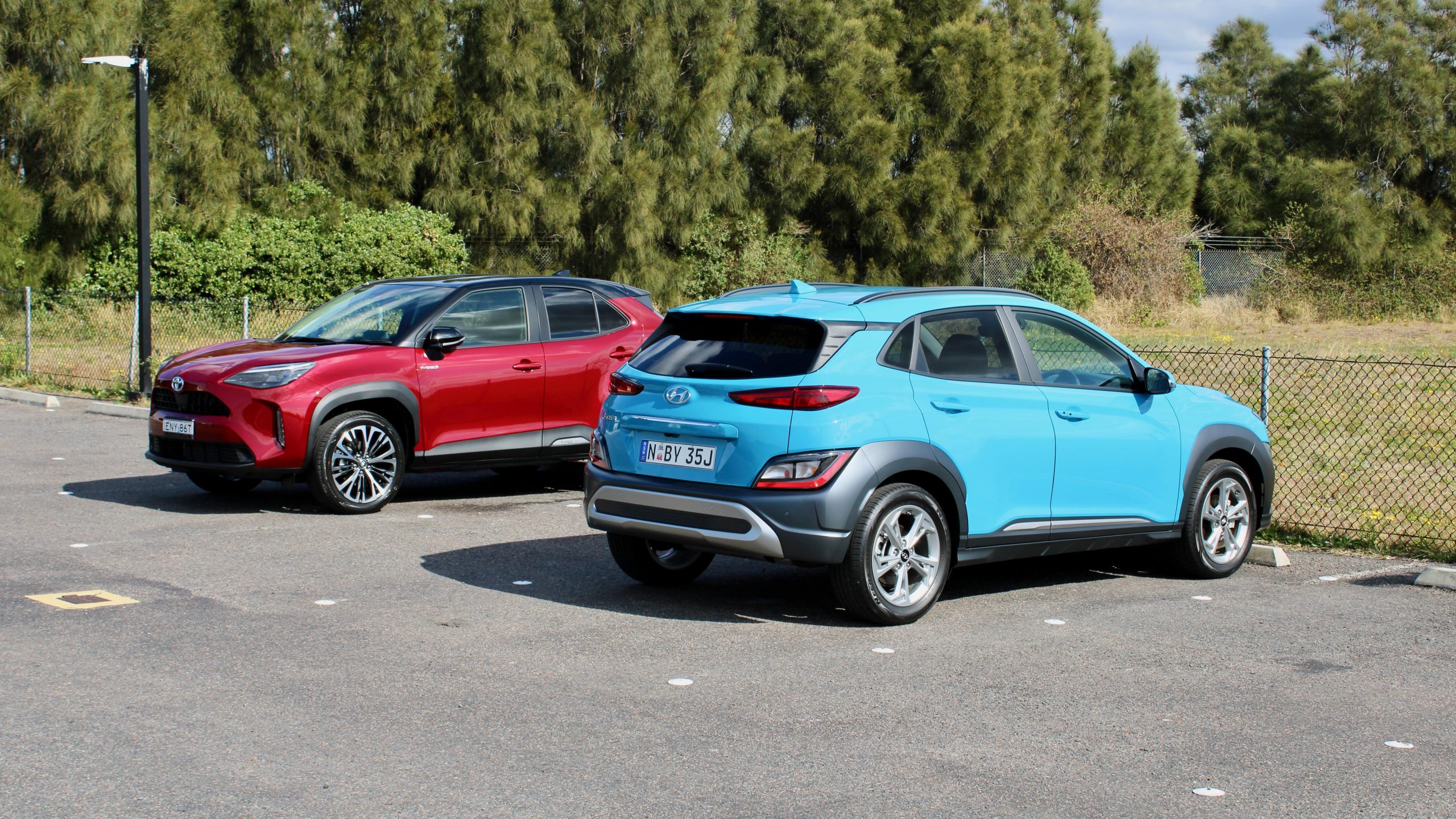
The 2021 Toyota Yaris Cross is offered in three grades in Australia, priced from $30,558 drive away. There are three drivetrains as well – a 1.5L petrol or a 1.5L hybrid (with or without all-wheel drive), all matched to a CVT automatic. We tested the top-spec Urban with both the hybrid drivetrain and all-wheel drive, which costs $41,944 drive away. Hyundai offers a similarly dizzying array of Konas in Australia, from $28,990 drive away, and we tested the mid point $35,355 drive away Elite.
Price & Equipment:
Shared equipment between the Yaris Cross Urban and Kona Elite includes single-zone climate control, touchscreen infotainment systems – the Yaris’ is 8.0-inches and the Kona’s is 10.25-inches – with satellite navigation with live traffic, digital radio, wired Apple CarPlay and Android Auto, leather steering wheels and gearknobs, electric handbrakes with auto holding, keyless entry and start, drive mode selectors, heated and auto-folding mirrors, automatic headlights with LED daytime running lights and rear privacy glass.
Safety kit in both cars includes auto emergency braking (AEB) with pedestrian and cyclist detection, lane departure warning, lane trace assist, driver attention monitoring, adaptive cruise control with stop and go functionality, blind-spot monitoring with rear cross-traffic alert, automatic rear braking and rear cameras with rear parking sensors.
2021 Hyundai Kona Elite 2021 Toyota Yaris Cross Urban
The Toyota features larger 18-inch wheels, LED exterior lighting, a six-way electrically adjustable driver’s seat, heated front seats, a heads-up display, a 360-degree parking camera, front parking sensors, auto high beam, two more airbags and an electric tailgate with kick-to open functionality.
But the Hyundai then adds full leather upholstery, roof rails, an eight-speaker Harman Kardon sound system, a front centre arm rest, wireless phone charging, a rear charging port, remote start, front fog lights, automatic wipers, rear occupant alert, safe exit alert and tyre pressure monitoring.
2021 Hyundai Kona Elite 2021 Toyota Yaris Cross Urban
Kona buyers could upgrade to the Highlander ($41,947 drive away) and receive LED lighting with auto high beam, front parking sensors, a heads-up display, a digital driver’s display, heated and ventilated front seats, a heated steering wheel and rear seat, 18-inch wheels, a sunroof and 10-way driver and 8-way passenger electrically adjustable front seats. The kicker? They’d still be spending less than the Yaris Cross Urban hybrid AWD.
What’s worse about the 2021 Toyota Yaris Cross is that – like the standard Yaris – overseas spec models are much better equipped. Available kit includes a panoramic glass roof, dual-zone climate control, a JBL sound system, a larger 9.0-inch touchscreen with wireless Apple CarPlay and Android Auto, roof rails, front fog lights, rear scrolling indicators, a heated steering wheel, full leather upholstery, automatic wipers, a centre console with covered storage, automatic parking, a larger digital instrument cluster, Matrix headlights and wireless charging. All of which isn’t available locally.
In terms of colour selection, the Kona couldn’t be simpler: ‘Dive in Jeju’ is the only no-cost option while ‘Surfy Blue’ (as seen on our test car), ‘Phantom Black’, ‘Pulse Red’, ‘Dark Knight’ and ‘Atlas White’ are $595 extra. With the Yaris Cross, buyers have colours and contrast roofs to choose from. The only no-cost colour is ‘Ink’, while ‘Latte’, ‘Lunar Blue’, ‘Mineral Blue’, ‘Tuscan Gold’, ‘Atomic Rush’, ‘Stunning Silver’ and ‘Crystal Pearl’ are $575 extra. A two-tonne roof starts at $450 for a ‘Tuscan Gold’ roof over ‘Ink’, while a black contrasting roof on any other colour except ‘Lunar Blue’ is $950 (including the cost of the metallic paint).
Our test cars came to $43,336 drive away for the Yaris Cross and $35,990 drive away for the Kona.
Overall, we think the Hyundai Kona Elite is not only better value for money than its Highlander sibling, but also better value for money than the expensive Yaris Cross Urban.
Performance & Economy:
The Yaris Cross’ standard engine is an 88kW/145Nm 1.5-litre three-cylinder petrol engine while the Kona’s standard engine is a 110kW/180Nm 2.0-litre petrol engine. Optionally available on the Yaris Cross is an 85kW 1.5-litre three-cylinder hybrid for a very green machine. The Kona’s optional engine is only available in N Line or N Line Premium spec and it’s a 146kW/265Nm 1.6-litre turbo petrol engine combined with standard all-wheel drive.
2021 Toyota Yaris Cross Urban 2021 Hyundai Kona Elite
Because our test Kona is the Elite, it features the standard 2.0-litre petrol engine that’s recently been updated to the company’s new ‘Smartstream’ engine family. It’s matched to a standard CVT automatic transmission and is front-wheel drive. While that doesn’t sound like much, in reality it’s a totally fine drivetrain that’s more refined than the engine it replaces, while the CVT automatic features stepped ratios so that it acts like a normal automatic. It’s actually one of the best CVT autos we’ve ever driven thanks to its smoothness. The Kona is a largely fuss-free and relaxing car to drive.
The hybrid set up of the Yaris Cross is largely excellent. The engine itself produces 67kW/120Nm, while the electrics add a further 59kW to make a total output of 85kW. Like the Kona, it’s matched to a CVT automatic, though with no stepped ratios to make it feel more natural. As a result, with even moderate acceleration, the revs spike and you’re suddenly in a sea of loud three-cylinder noise. The engine’s noisiness is a surprise in contrast with how quiet the Yaris Cross can be in electric mode, which occurs a surprisingly high amount of the time. Indeed, it is possible to drive the Yaris Cross on pure electric power a lot of the time. The Yaris Cross’ engine also switches off when you’re not accelerating, which allows it to save fuel.
Comparing fuel economy, the Yaris Cross is a clear winner. Toyota claims that it will use just 4.0L/100km combined, and we never saw above 5.2L/100km, which included some highway driving where hybrids are typically less efficient. In the naturally aspirated Kona, Hyundai claims 6.2L/100km combined and we saw 6.8L/100km. That’s higher than the Yaris Cross, but it’s also a marked improvement on the previous 2.0-litre Kona. We do wish that Hyundai would bring the hybrid Kona to Australia, however.
But while the Kona’s drivetrain has improved, there’s no going past the Toyota’s excellent efficiency and that despite higher outputs, the Kona doesn’t feel hugely quicker than the Yaris Cross.
Ride & Handling:
Both the 2021 Toyota Yaris Cross and 2021 Hyundai Kona are surprisingly competent in the way that they drive. While the Kona is built on the same platform as the i30 hatchback, the Yaris Cross is based on – as you may have guessed – the regular Yaris and its new TNGA platform. Choosing an all-wheel drive Yaris Cross also gives it independent rear suspension, which allows for a more composed ride and better handling – not that it’s a sports car, but it is capable of putting a smile on your face.
The Yaris Cross’ all-wheel drive system is unique in the segment in that its rear differential is solely powered by the rear electric motor, which is how the all-wheel drive’s claimed combined fuel consumption is just 0.2L/100km more than the two-wheel drive car. The system offers some off-road tech as well – there’s hill descent control and both mud/snow and gravel/rock modes for light off-road use. It disengages above 70km/h though, so for snow trips, it would be great. Is the all-wheel drive worth the extra spend? We don’t think so as it lessens bootspace and removes the spare tyre, but it does help handling and gives the Yaris Cross light off-road ability.
But it’s not like the Kona drives badly. Thanks to its Australian tuning program, the Kona handles rubbish roads like a champion – its simple torsion beam rear suspension set up is less sophisticated than the Yaris Cross, but its ride quality is totally fine. It’s less fidgety than the Yaris Cross thanks to its smaller wheels and slightly longer wheelbase – 2,600mm versus 2,560mm – but both cars are totally fine for urban use. The Kona is also reasonable fun on a backroad as well, and it feels more planted and more stable than the Yaris Cross. If you are after the most fun small SUV on the market, put the Ford Puma at the top of the shopping list.
Both cars are loud at speed as well thanks to a lack of noise insulation. Their visibility isn’t great either thanks to large C-pillars that impede over-the-shoulder vision, though at least the Yaris Cross features a 360-degree camera to help with parking. Both cars drive well, though we think the Kona’s recent upgrade gives it the edge when driving is concerned.
Interior & Practicality:
Of course, SUVs sell on their interior space and practicality and in this regard, there’s a clear winner in this comparison. In terms of quality, both cars feel built to last and quite solid. But their material choices leave a lot to be desired – the Kona is almost completely devoid of soft-touch materials except for the left-hand portion of the dashboard facia and while the Yaris Cross features a soft-touch dashboard, it too is otherwise all hard plastic.
2021 Hyundai Kona Elite 2021 Toyota Yaris Cross Urban
Both cars feature touchscreen infotainment systems – the Yaris Cross’ is 8.0-inches, while the Kona’s is a larger 10.25-inch unit. Both provide the same amount of functionality with wired Apple CarPlay and Android Auto, satellite navigation with live traffic updates and digital radio – the Kona’s is more configurable as well, and even has features such as mood noises and a quiet mode to not disturb sleeping passengers. The Kona’s screen is definitely the better option as its screen quality is a lot better, it’s easier to use and it’s larger as well.
In terms of practicality, the Kona edges the Toyota again. Both cars feature reasonable door bins, cup holders and a storage tray at the base of the centre console, but the Kona adds wireless charging, a larger glovebox and a centre armrest with covered storage to the Yaris Cross. We find it ridiculous that a $40,000+ car doesn’t feature covered storage in its cabin.
2021 Hyundai Kona Elite 2021 Toyota Yaris Cross Urban
Moving to the rear seat and things are less positive for the Yaris Cross. Its doors don’t open wide, the door aperture itself is narrow, the available room is tight and it’s light on features with just a single door pocket, small door bottle holders and a 40:20:40-split rear seat with a folding arm rest with cupholders. Rear charging ports and vents do not feature. The Kona’s rear seat is more positive with more available space, more comfortable seats, a centre arm rest with cupholders and a single USB port – but it too does not feature vents, which a Skoda Kamiq does.
Bootspace on both cars is reasonable, though nothing amazing. The Yaris Cross AWD offers up 314-litres (76L less than the 2WD variant thanks to the rear differential and independent rear suspension) with the seats up – Toyota doesn’t quote a figure with them folded.
2021 Hyundai Kona Elite 2021 Toyota Yaris Cross Urban
The Kona’s boot is larger in this specification at 374-litres and with the seats folded, there’s 1,156L on offer. Both boots feature some hooks and storage underneath the boot floor, and the seats fold quite flat as well. The Yaris Cross’ boot also opens electrically for that extra bit of convenience.
Service & Warranty:
Both Hyundai and Toyota offer five years/unlimited km of warranty with their new cars, though Hyundai also offers 12 months of roadside assistance that can be topped up to five years in total through dealer scheduled servicing – Toyota offers no roadside assistance at all. Both cars need to be serviced once every year or every 15,000km, whichever comes first.
The Kona is reasonably cheap to run at $1,595 over five years/75,000km ($319 per service) but the Yaris Cross is much less expensive at just $205 per service and $1,075 for five years/75,000km of servicing. But the Kona includes roadside assistance that you’d pay around $100 a year for, so after five years, both cars end up costing around the same to maintain.
Which is best: 2021 Toyota Yaris Cross Urban Hybrid AWD or 2021 Hyundai Kona Elite?
This comparison was quite interesting for us because at the start, we genuinely had no idea which was the better product. The 2021 Toyota Yaris Cross is a genuinely good small SUV that is very efficient, fun to drive, interesting to look at and cheap to run. But its overseas siblings offer significantly more available equipment, it’s quite expensive – the larger C-HR hybrid really isn’t much more money – and rear seat space is tight.
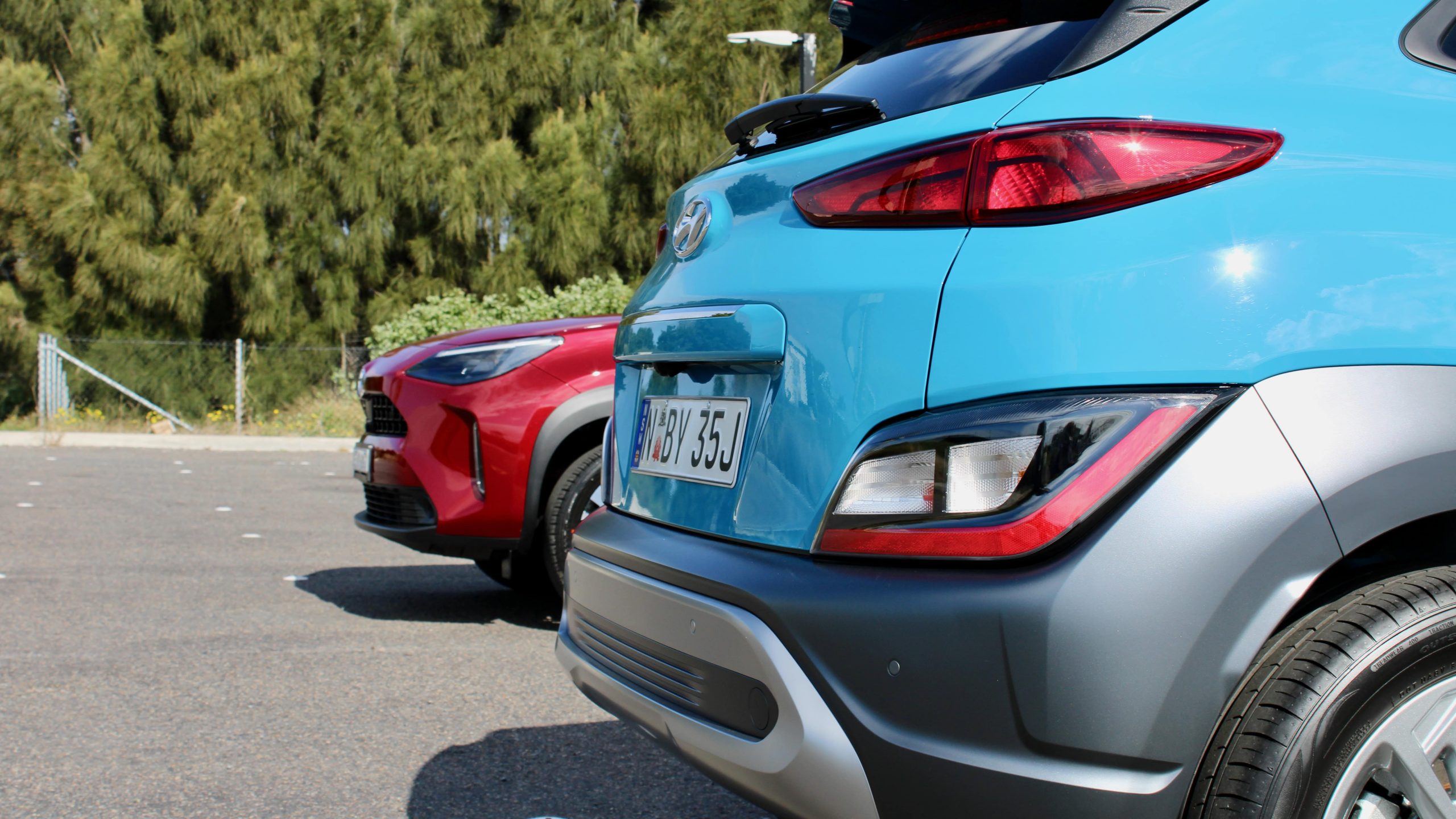
Not only does the Hyundai Kona Elite start off a lot cheaper to buy, but once you include roadside assistance, it’s similarly thrifty to service, it’s more practical, features a better infotainment system with more functionality, it’s more mature to drive and it’s quite efficient for a non-hybrid engine. Hyundai has transformed the Kona with its mid-life facelift from an also-ran contender to a serious contender in the small SUV class.
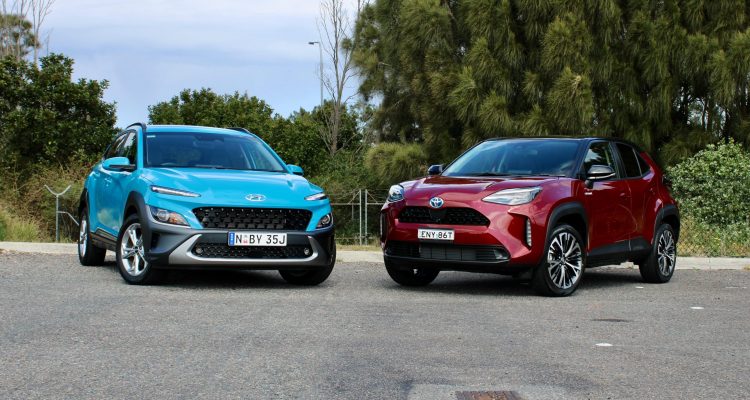
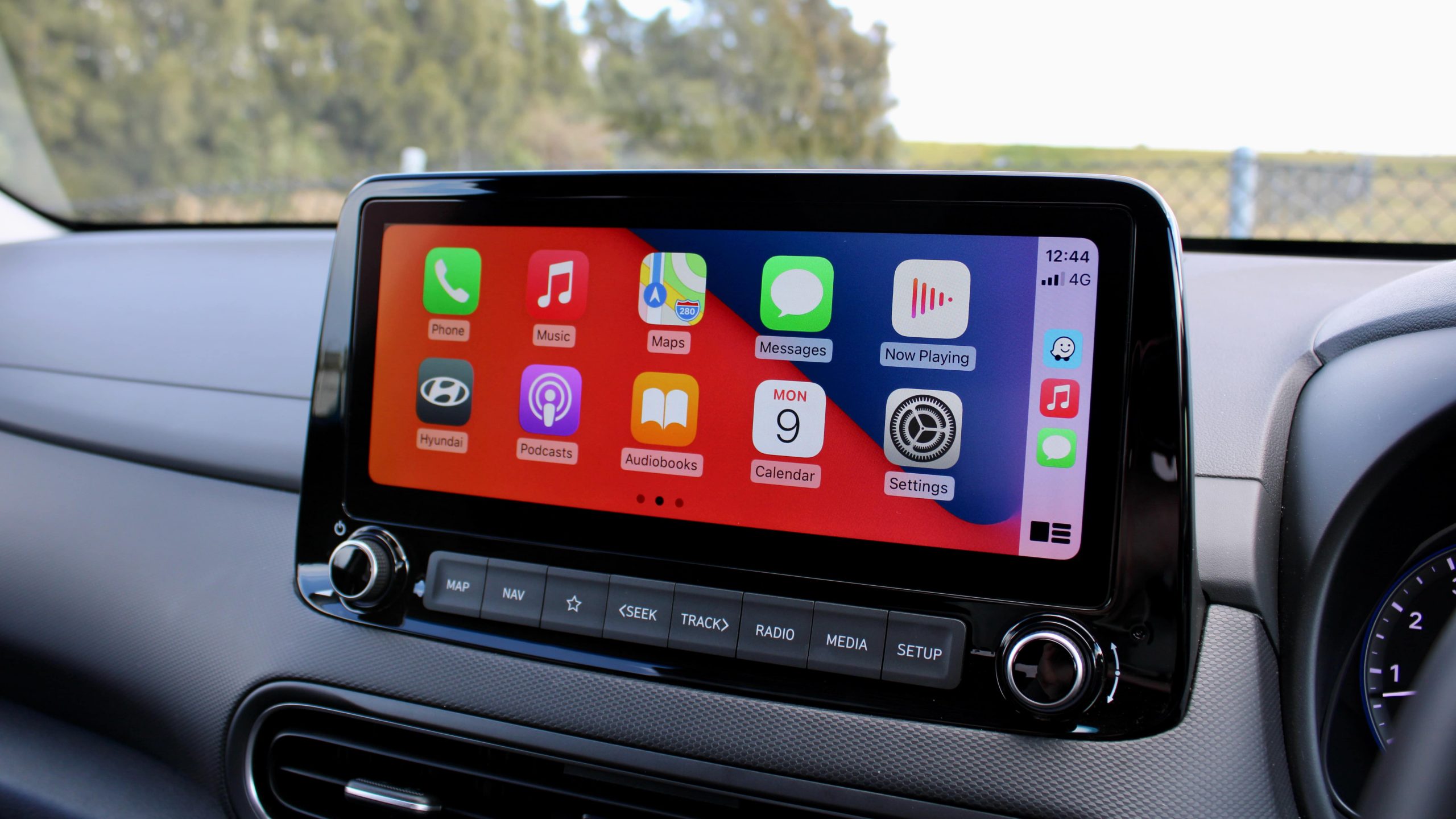
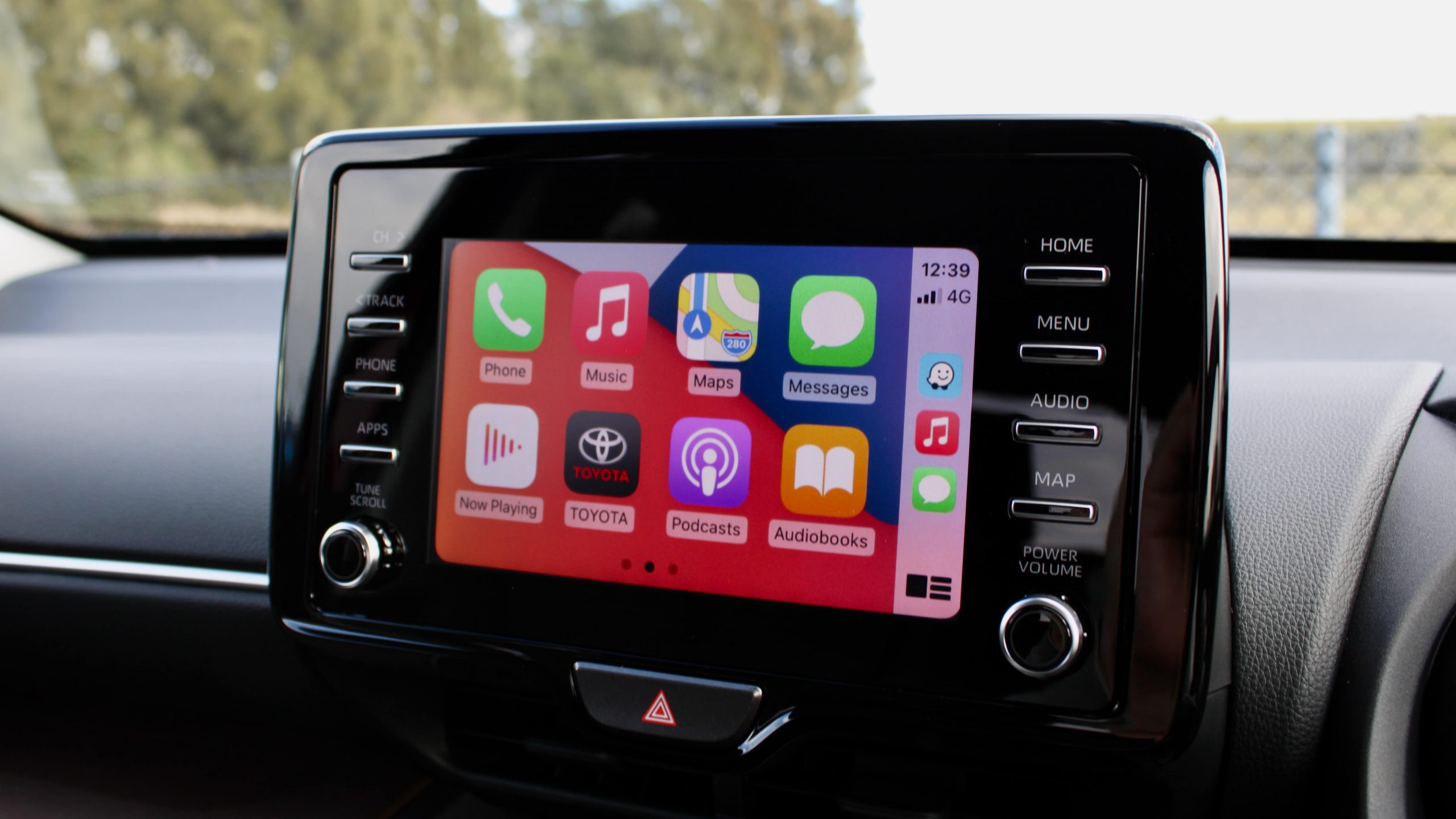
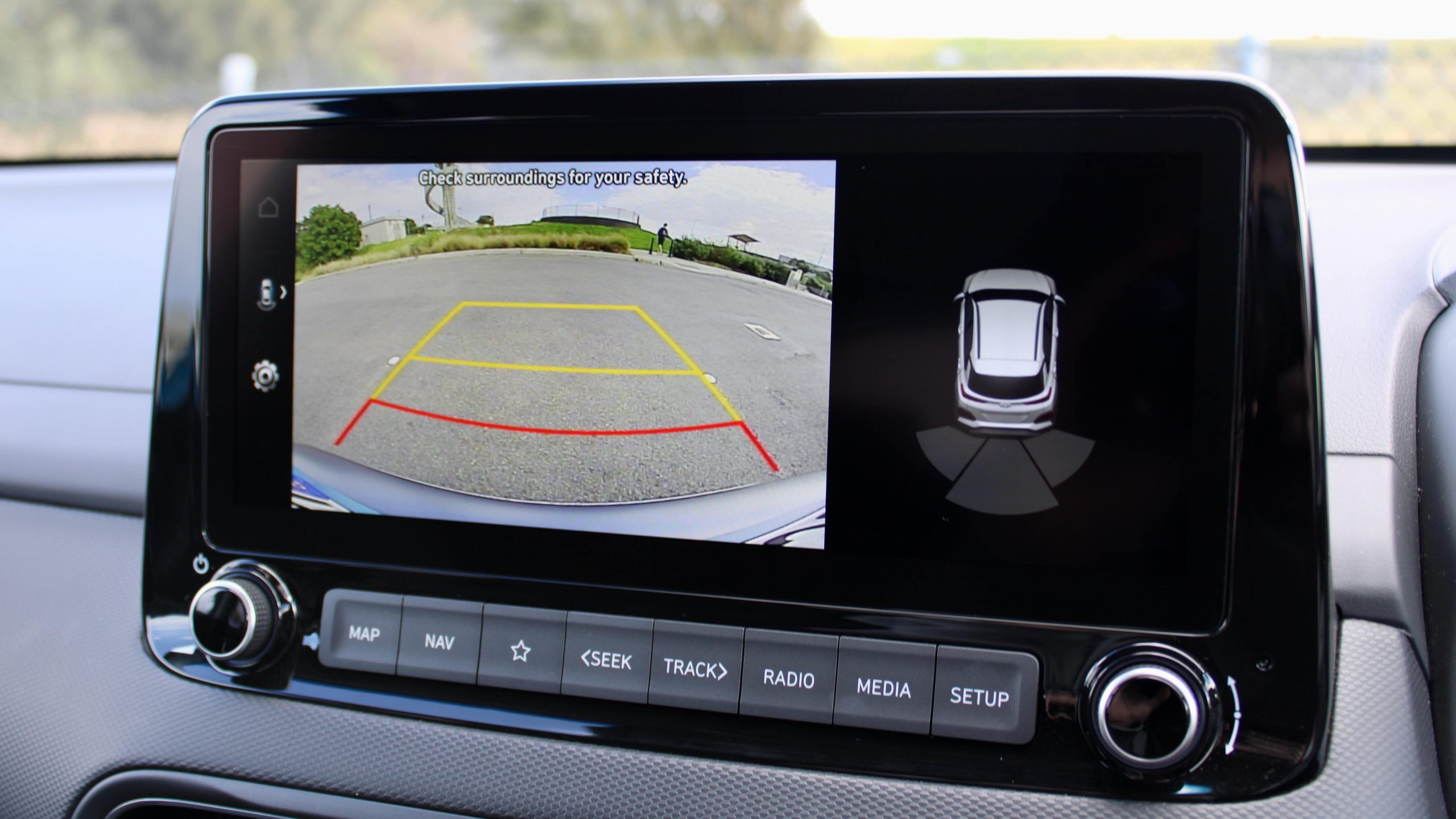
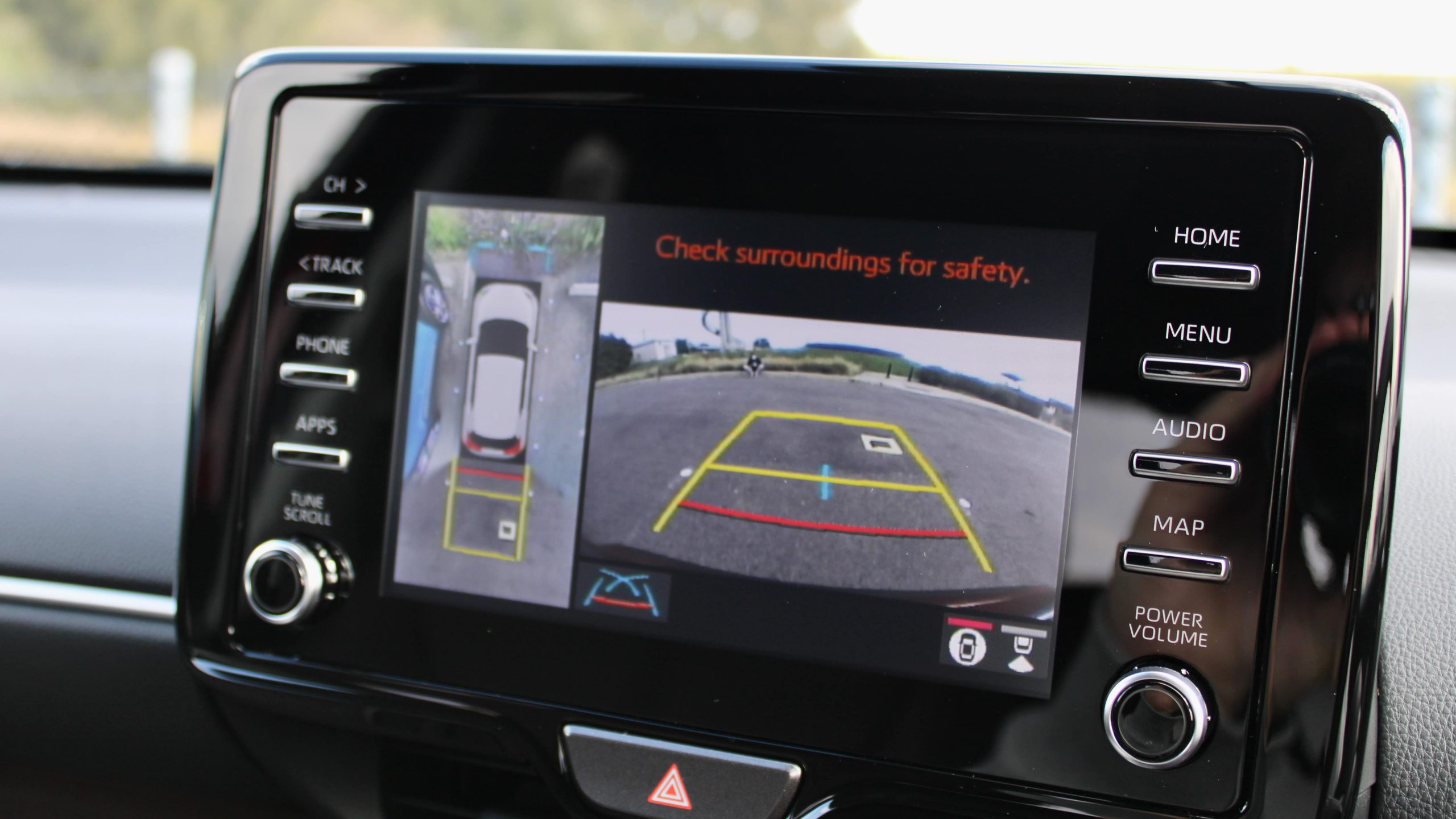
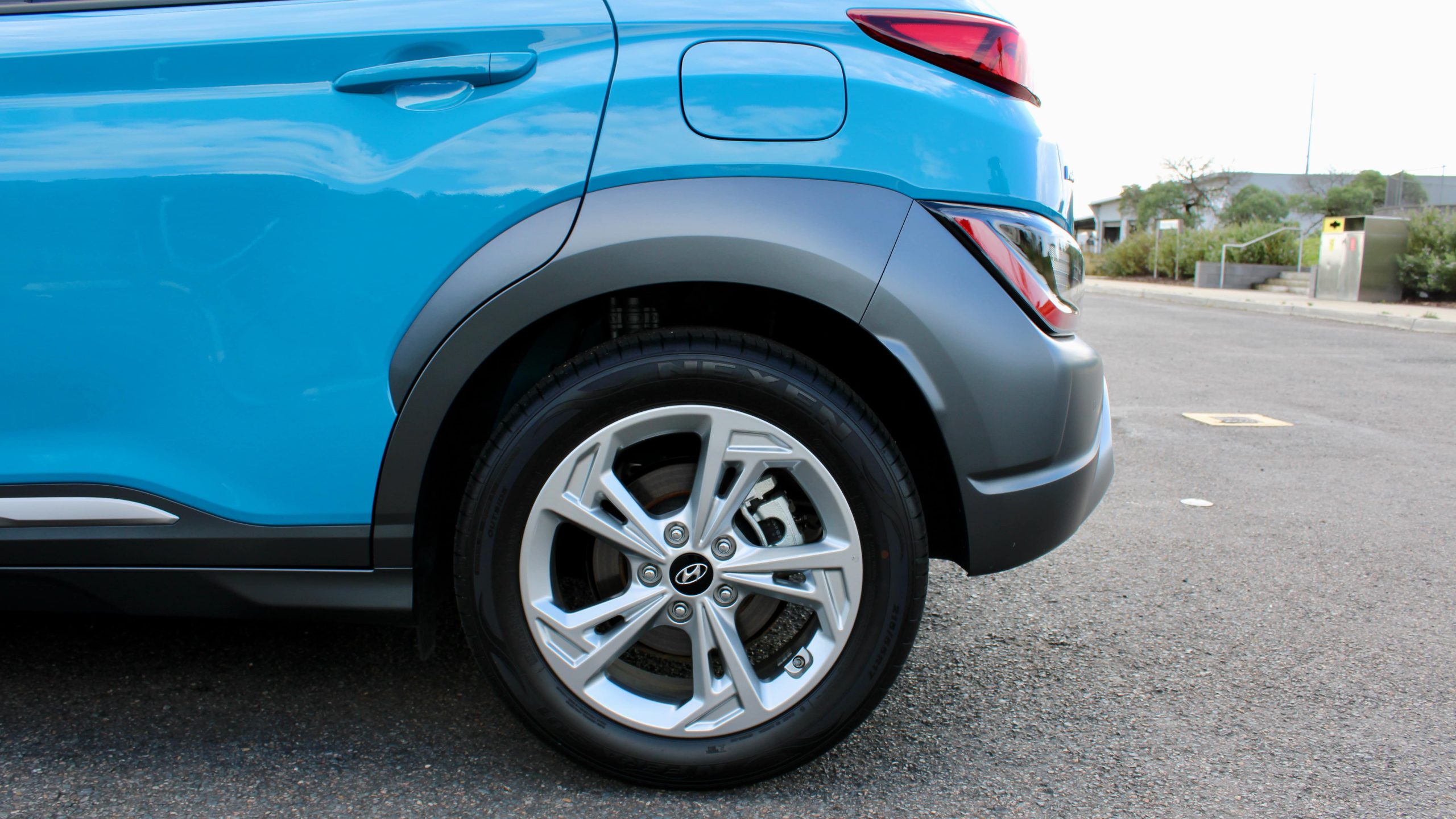
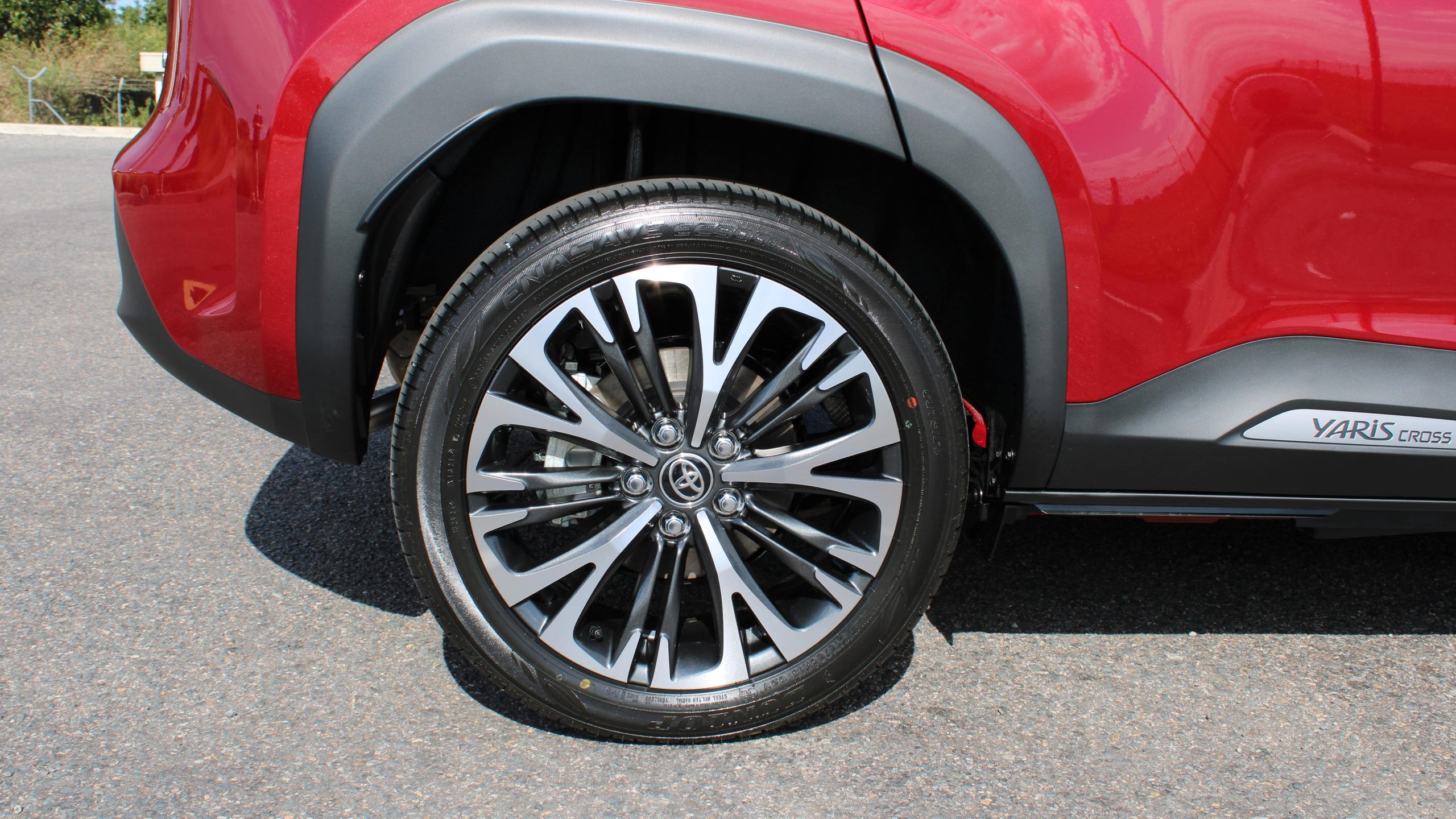
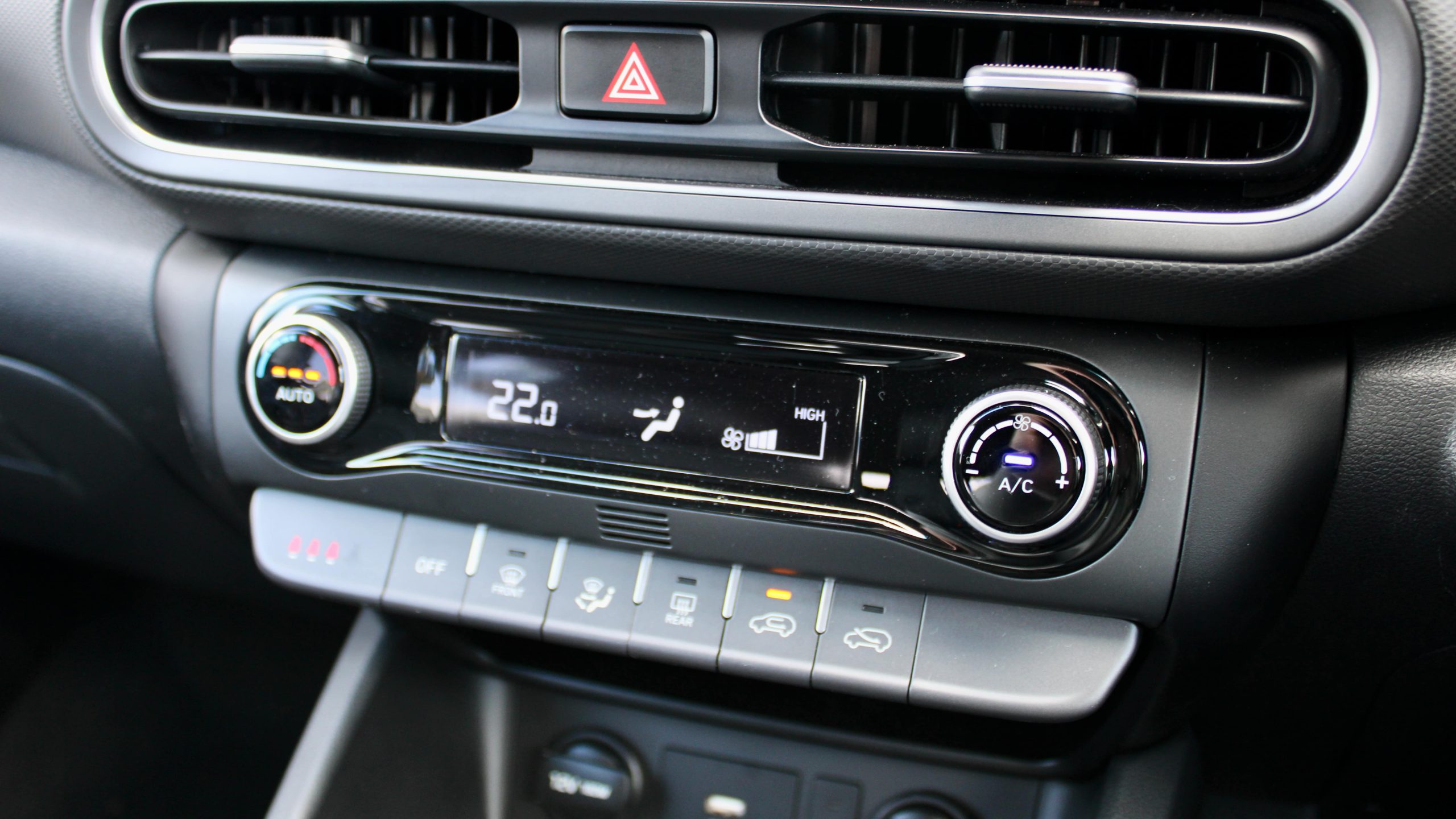
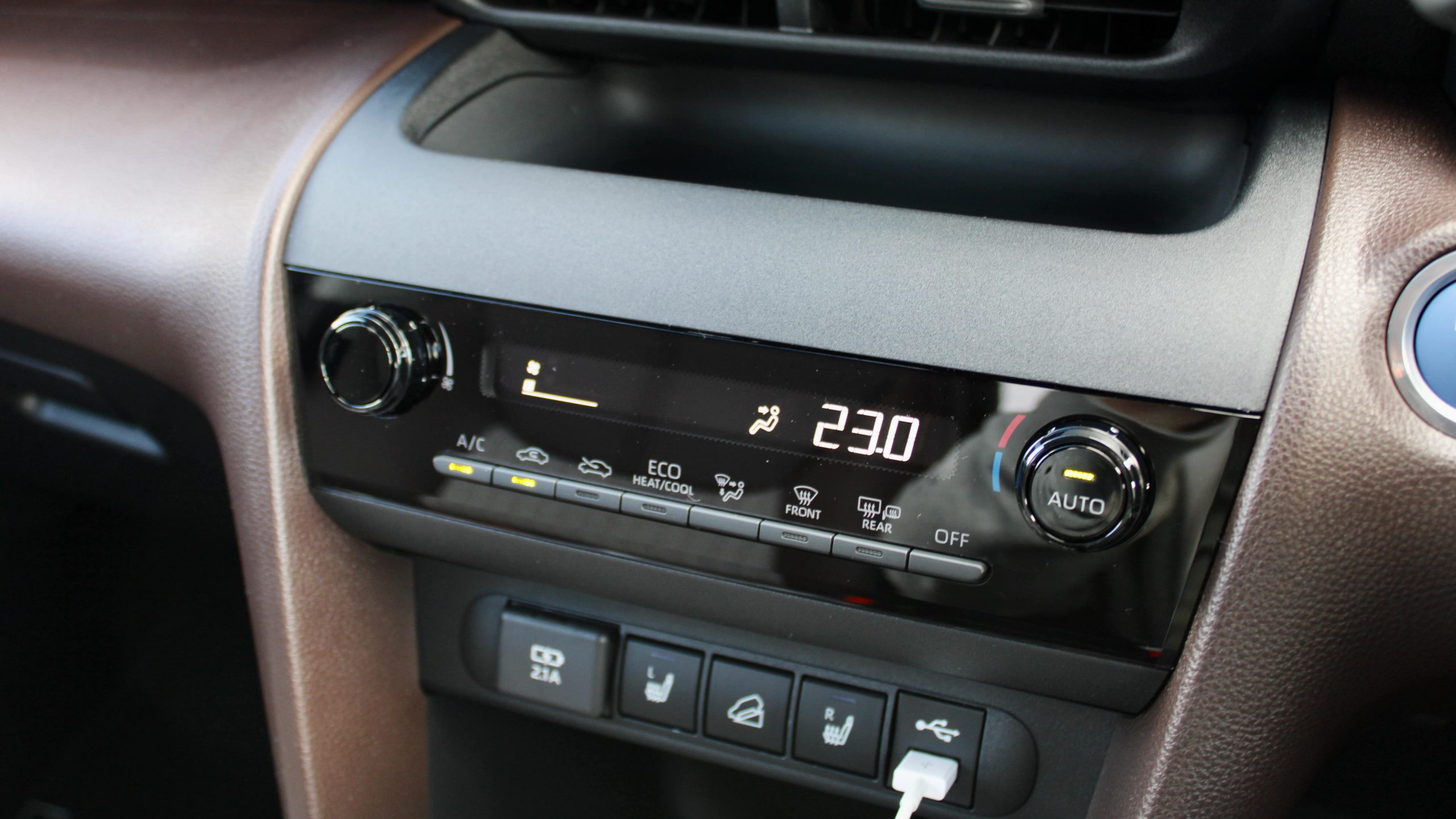
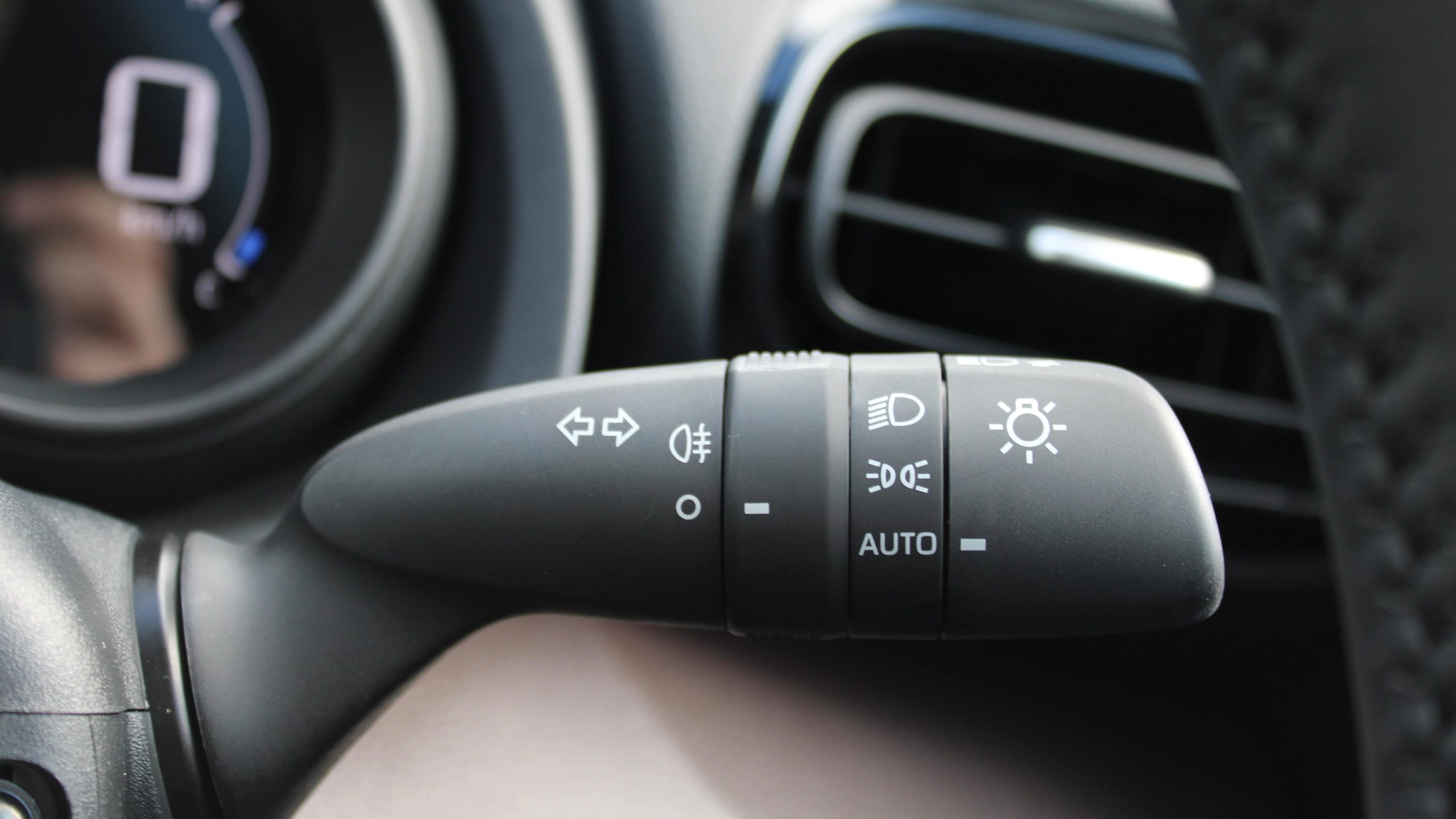
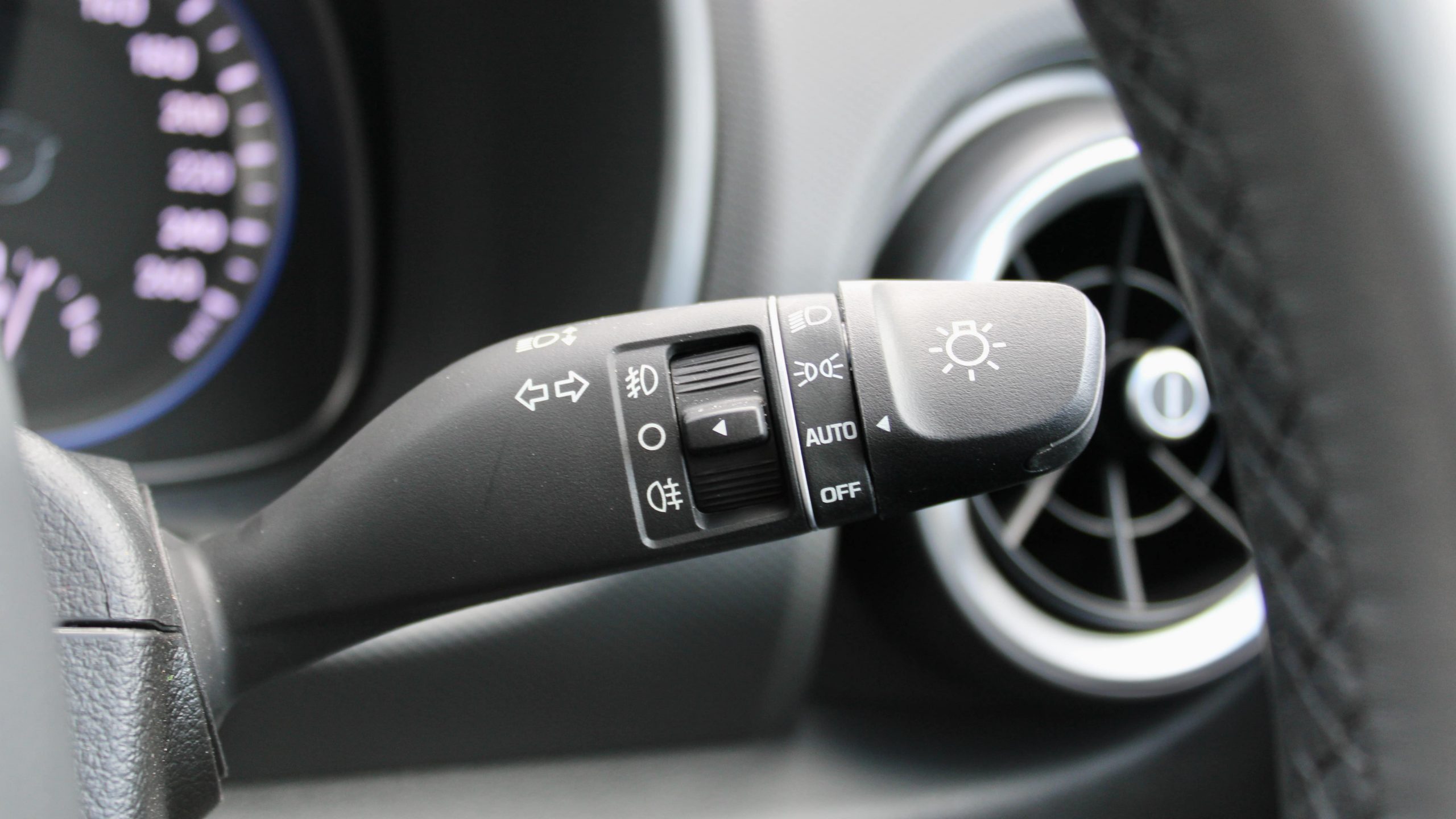
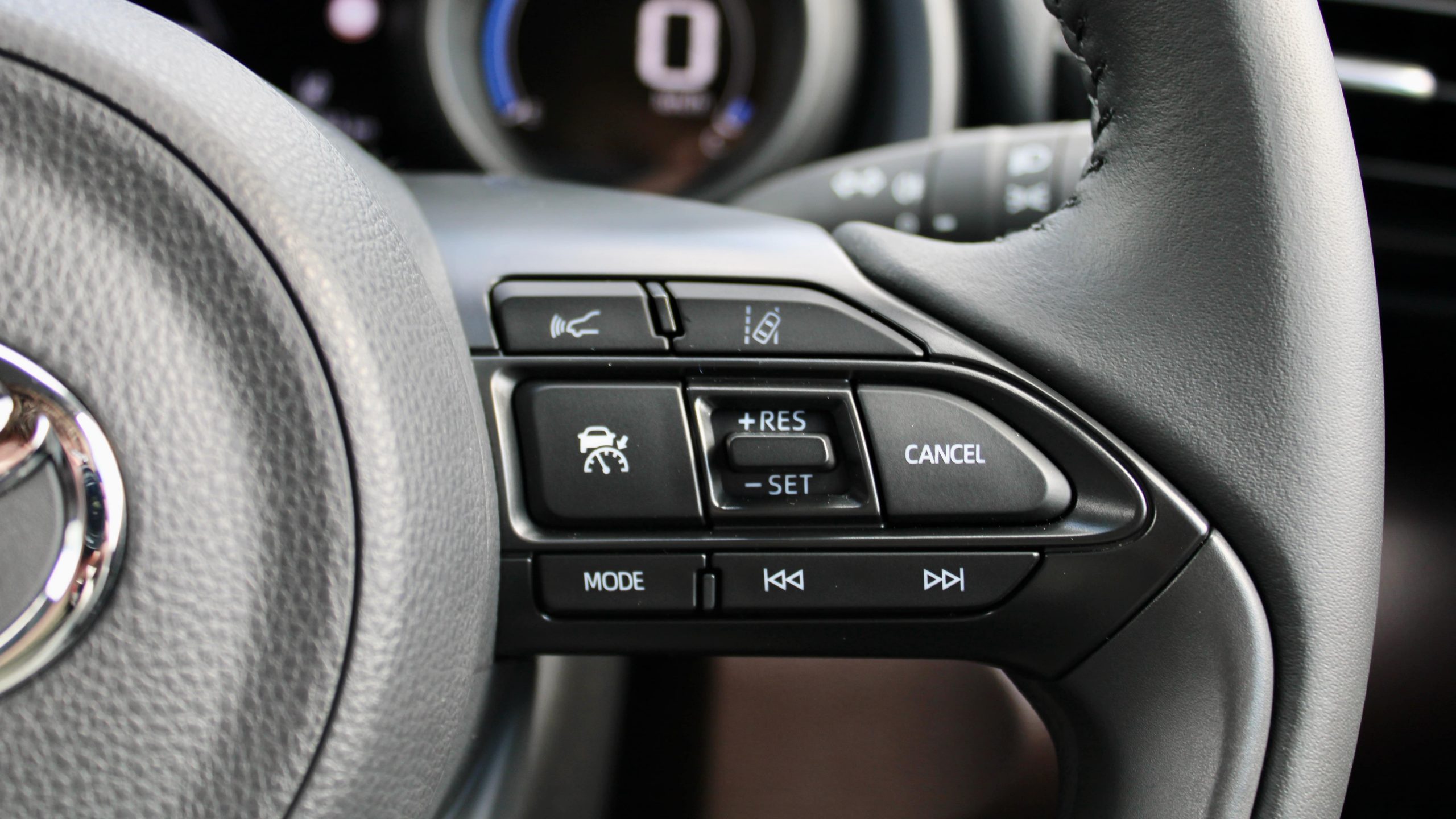
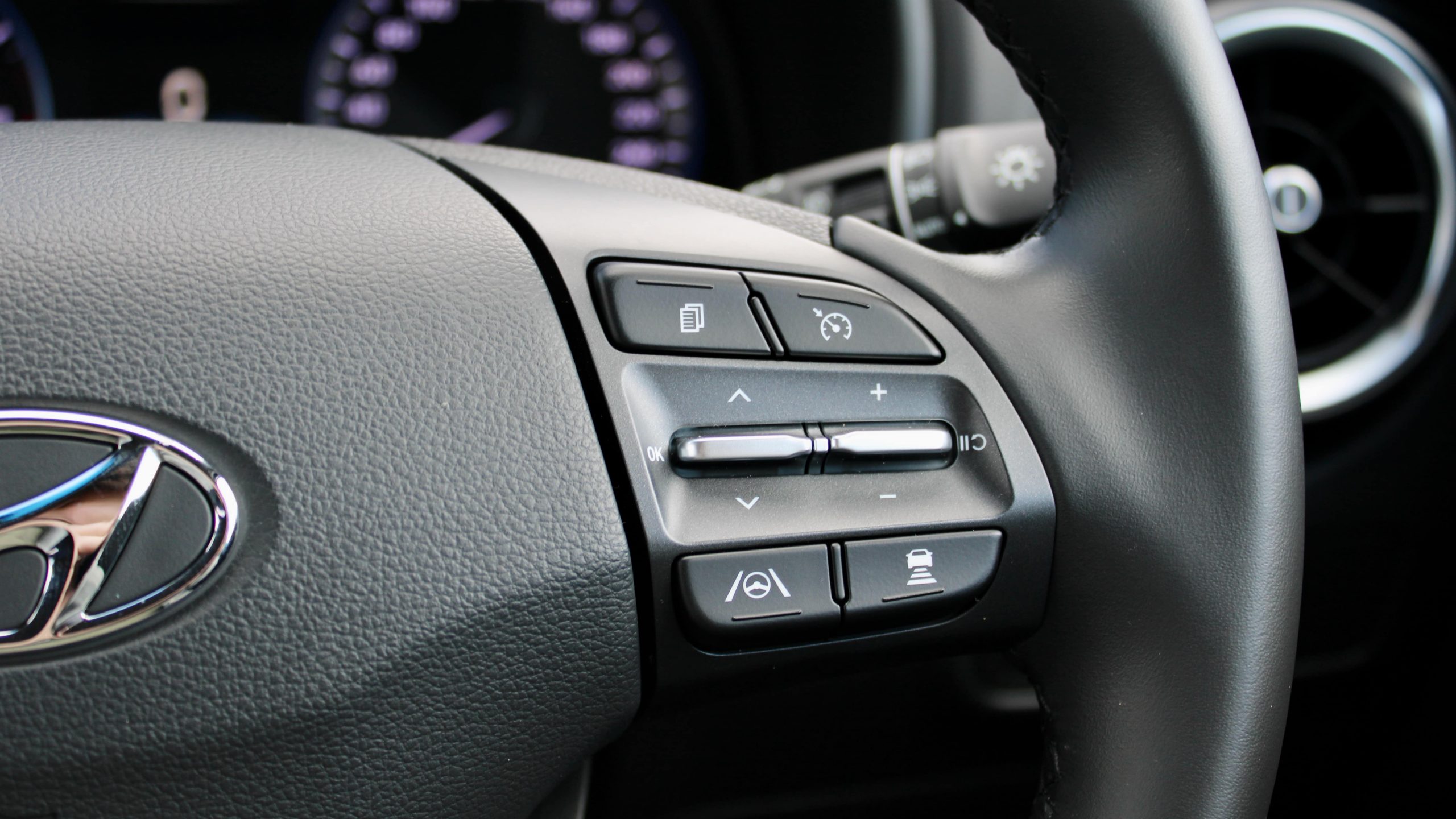
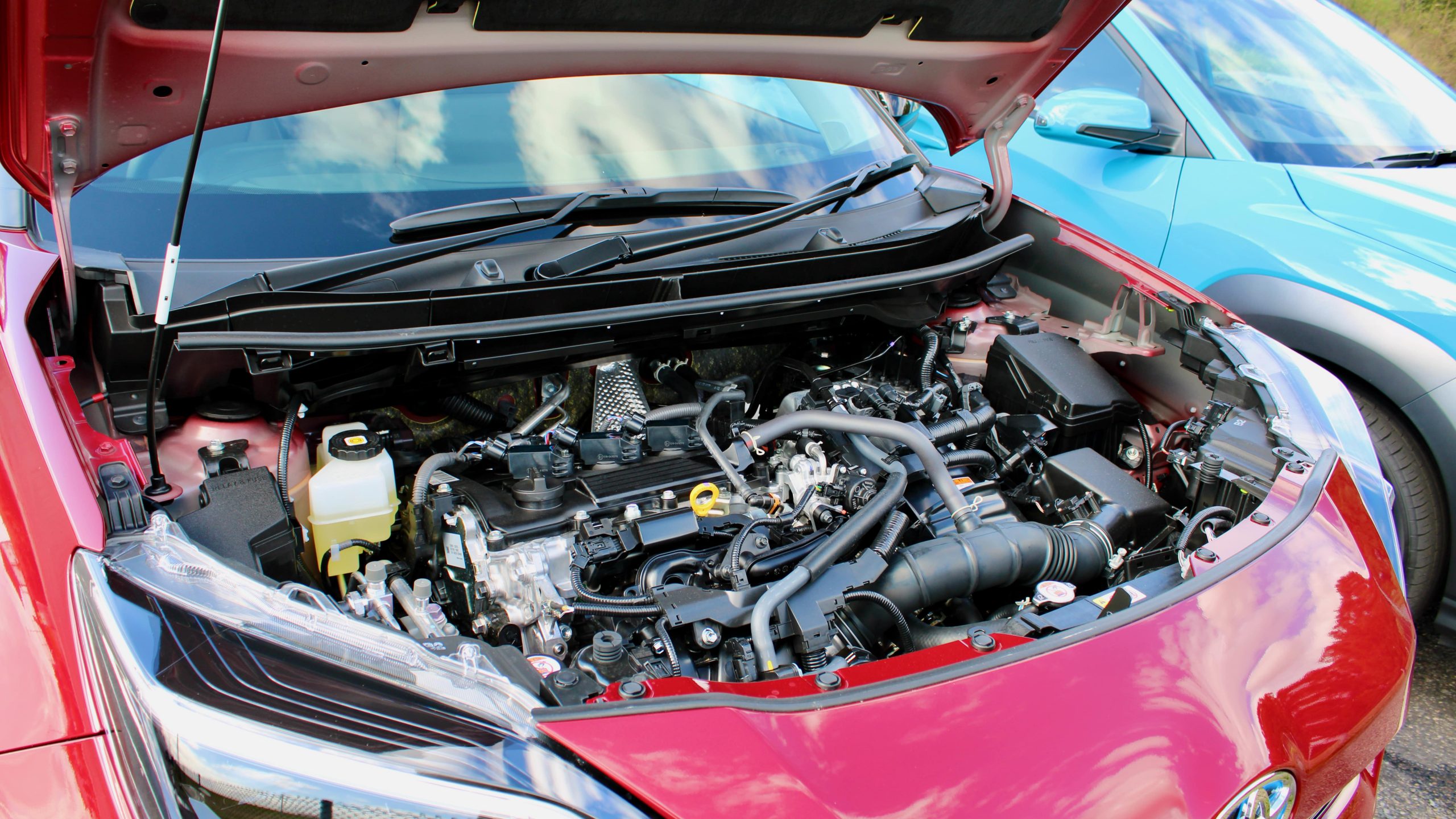
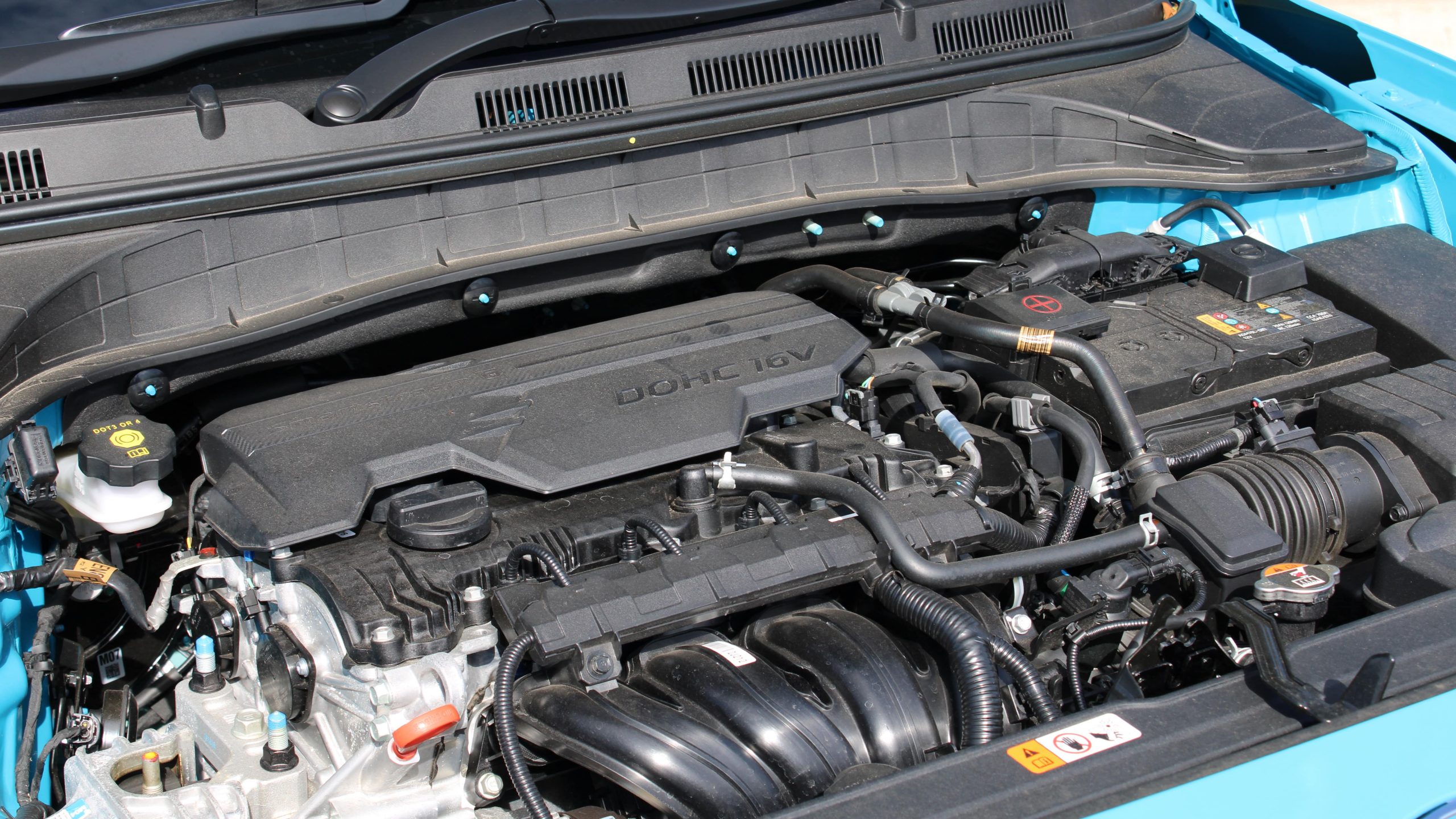
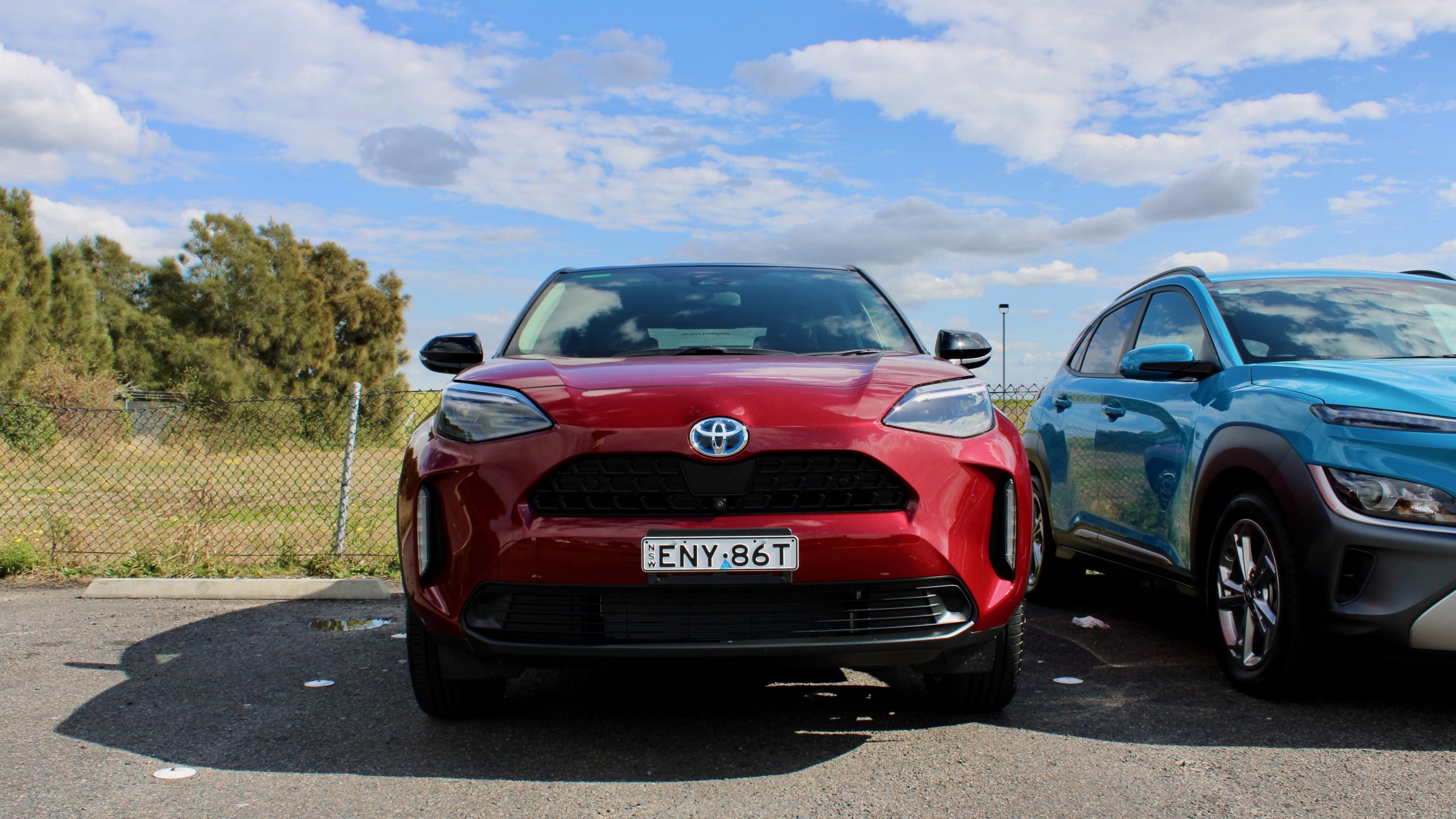
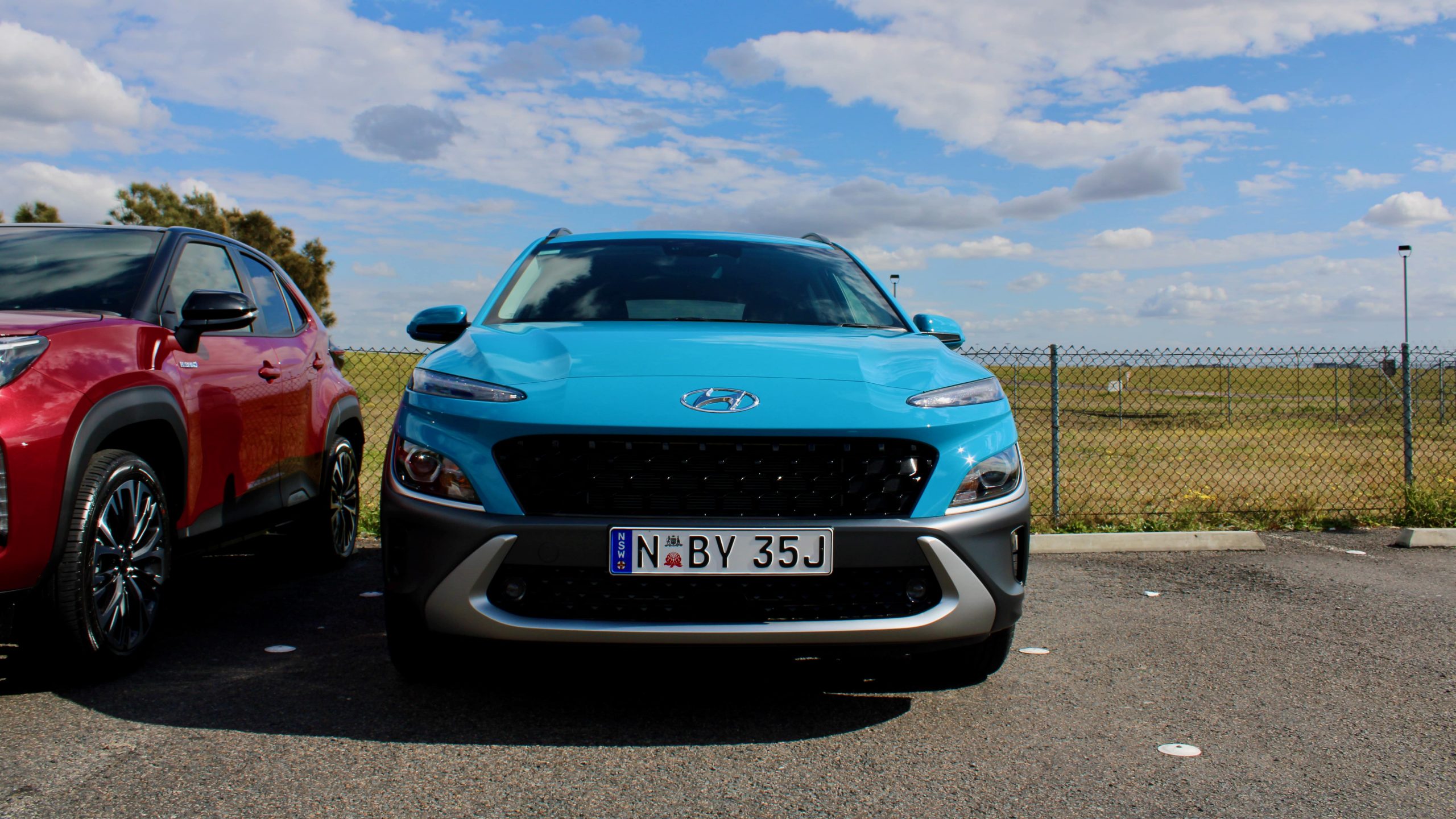
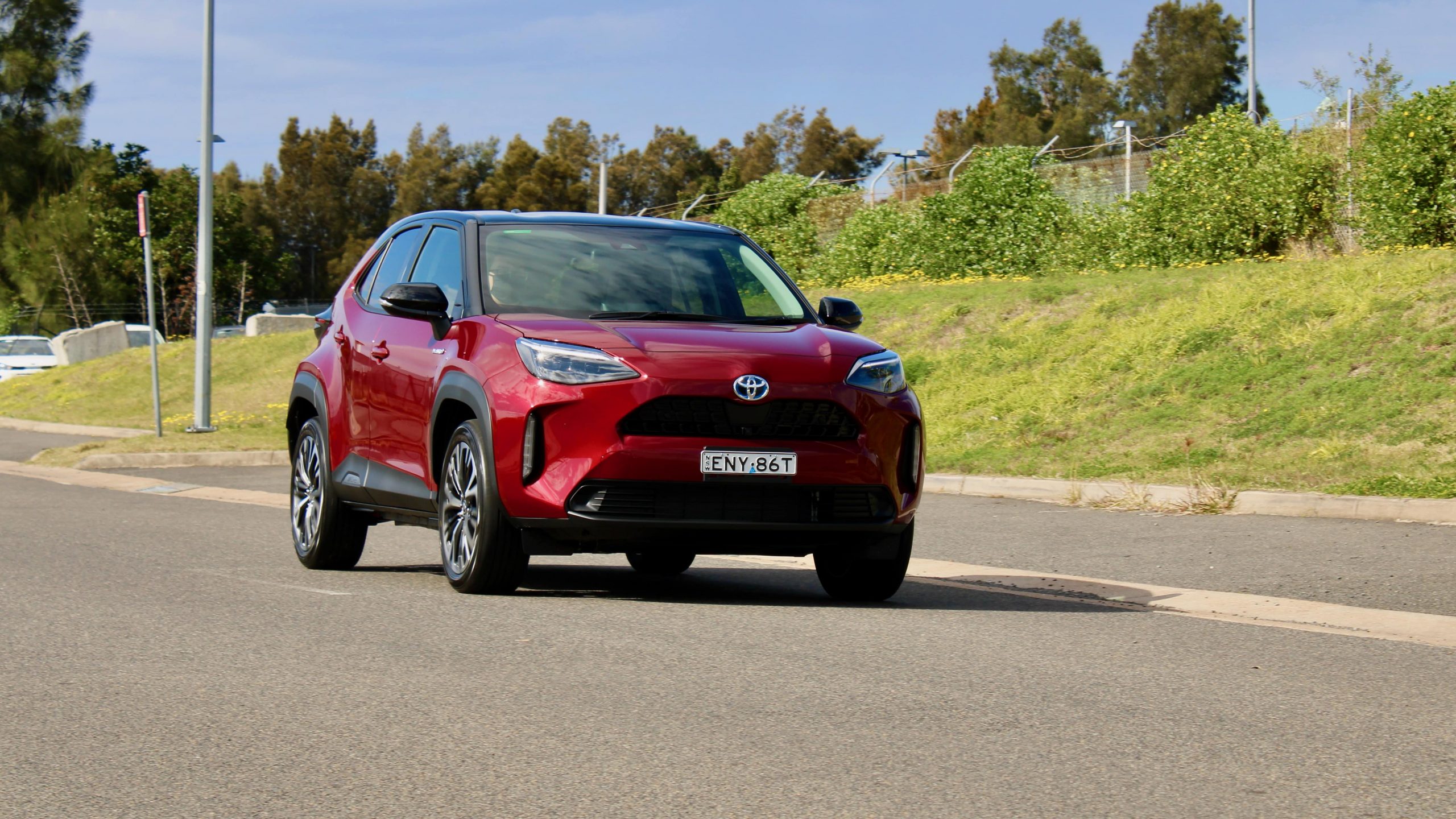
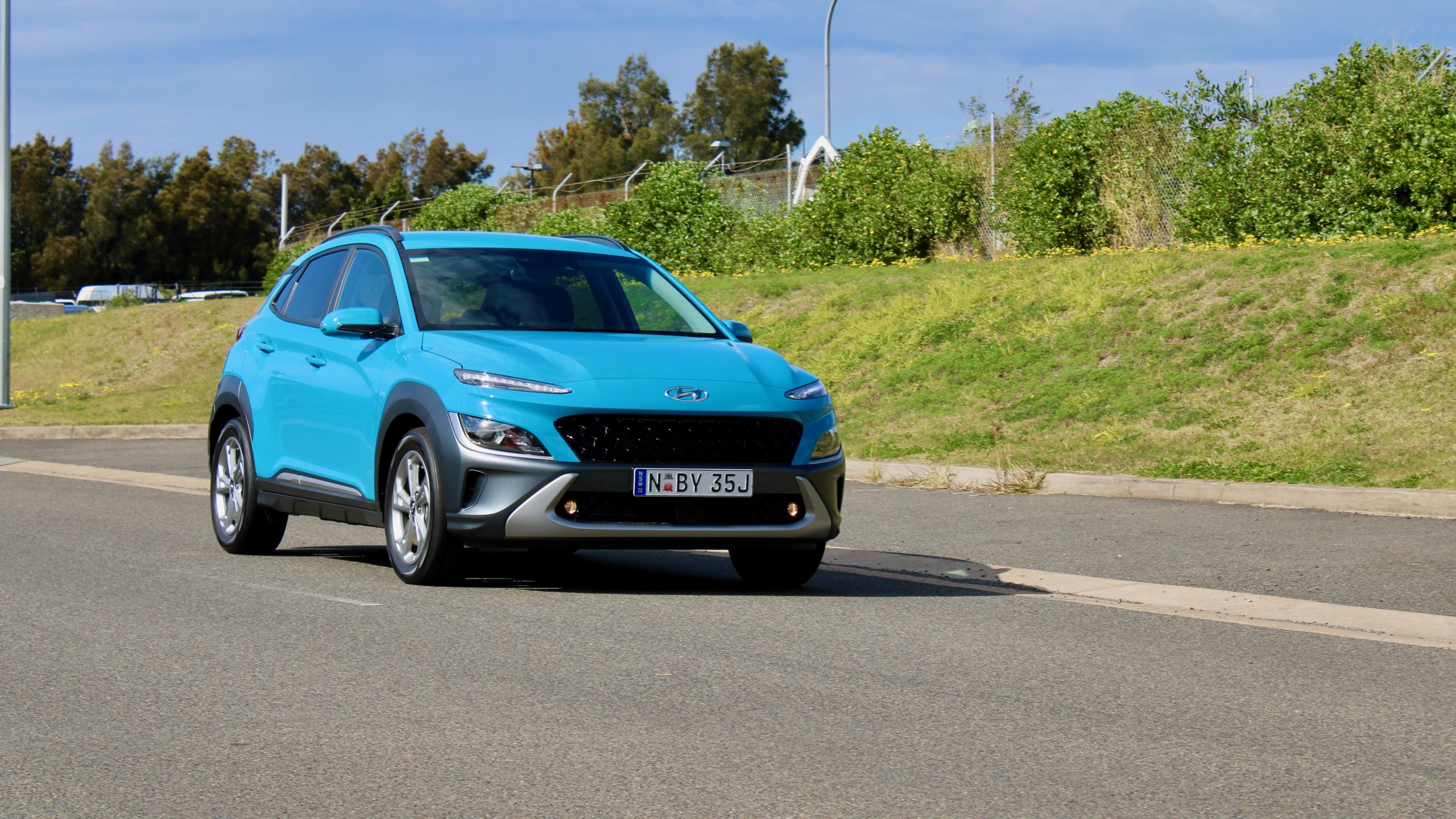
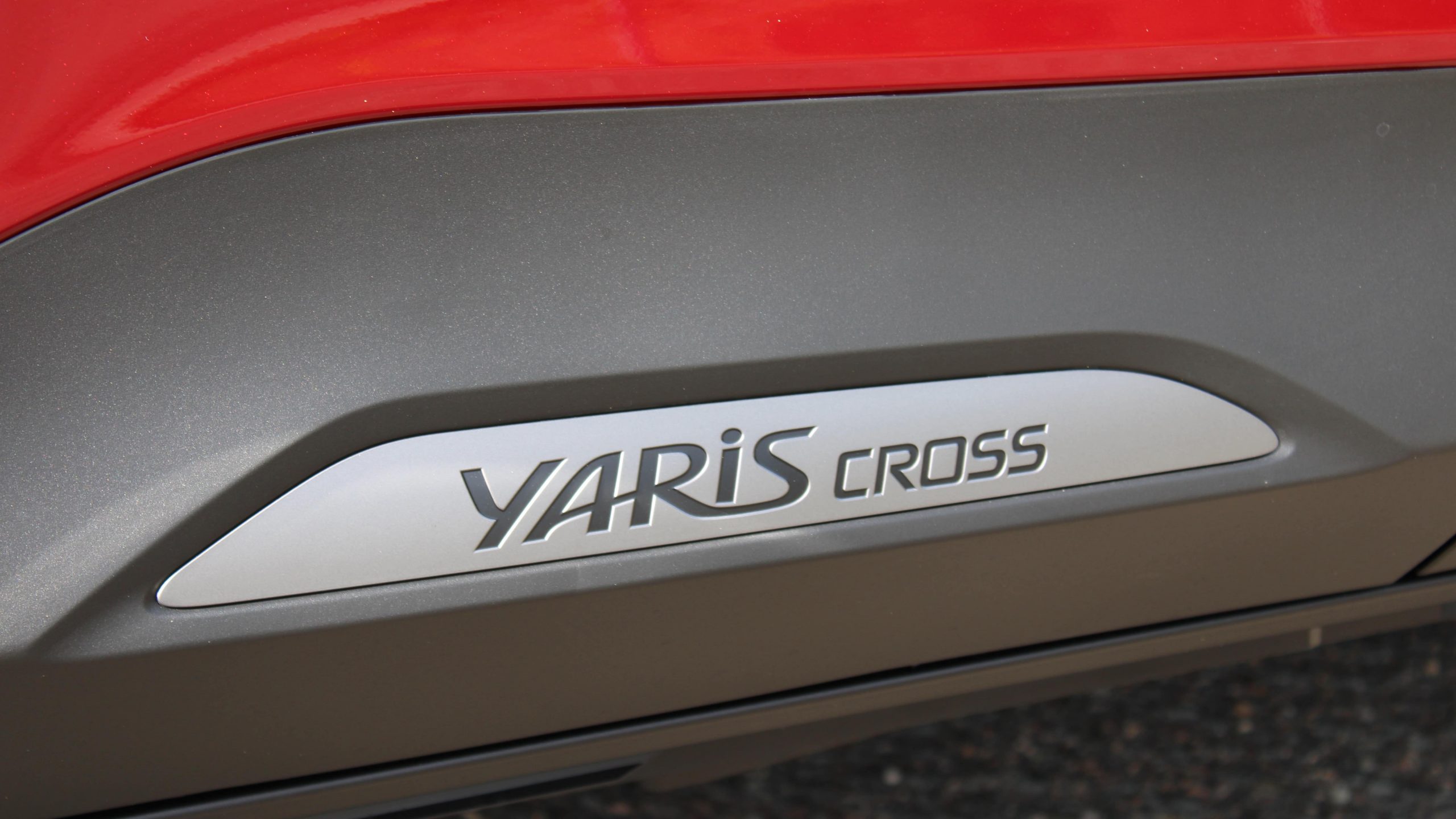
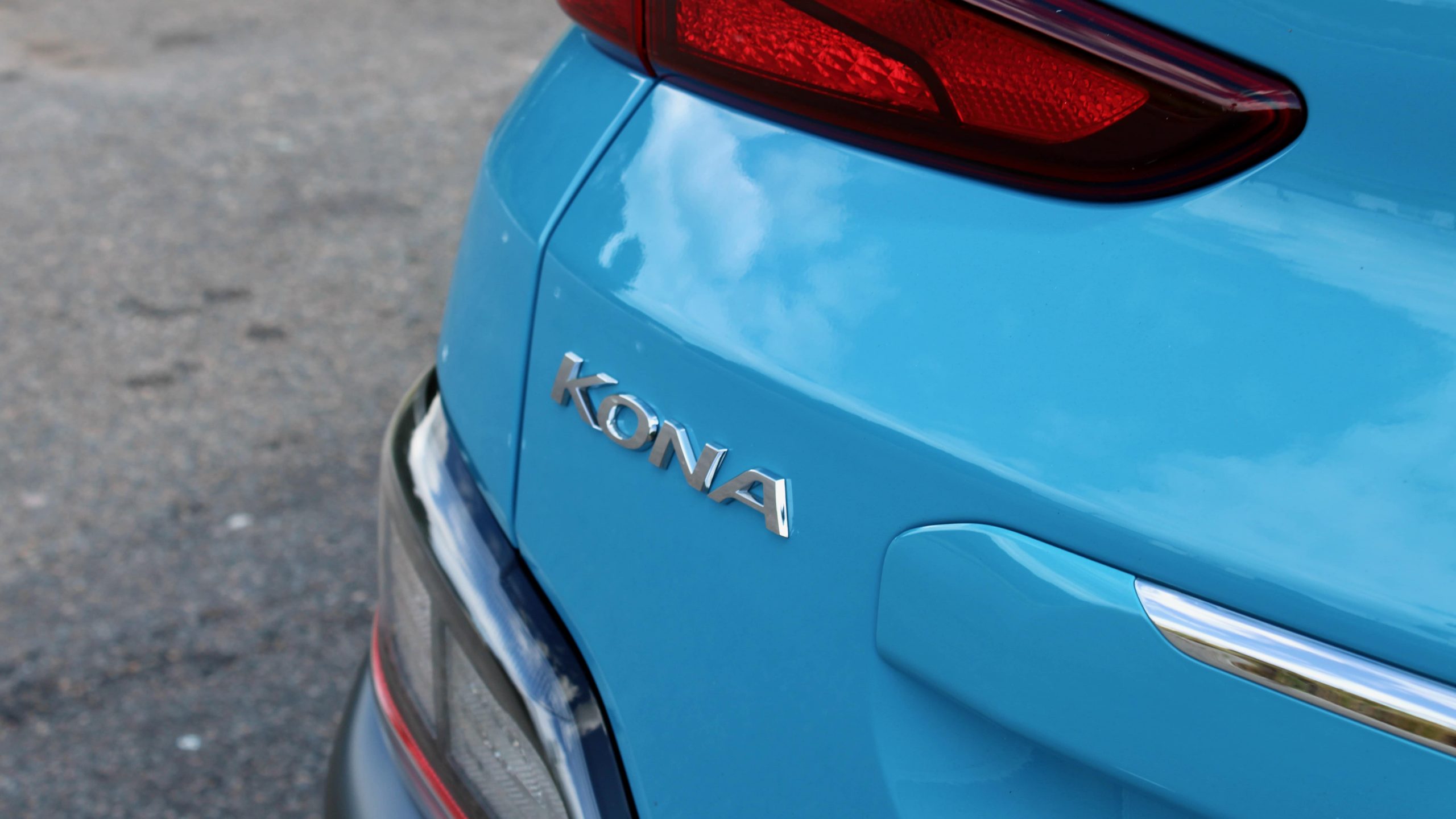
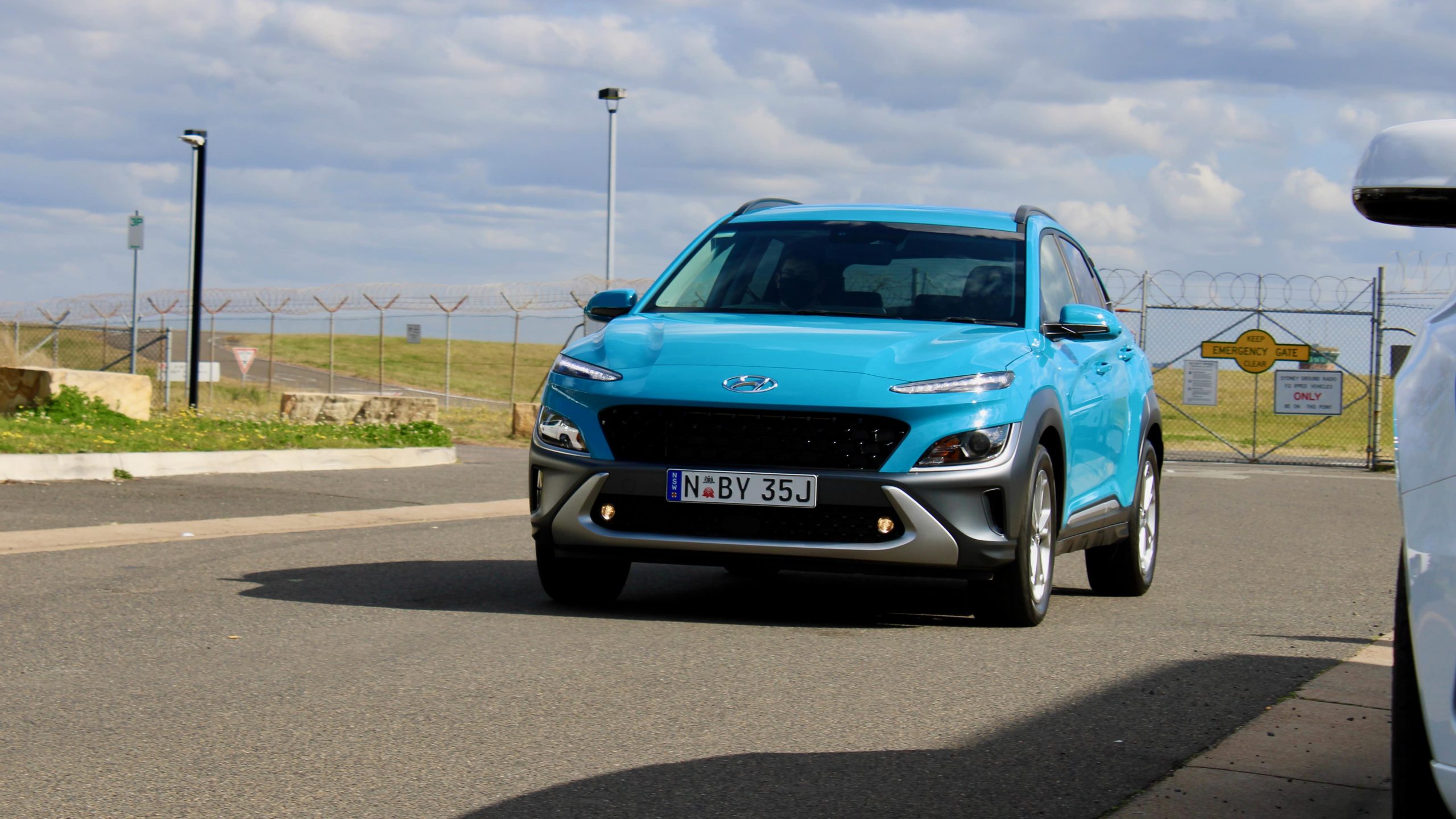
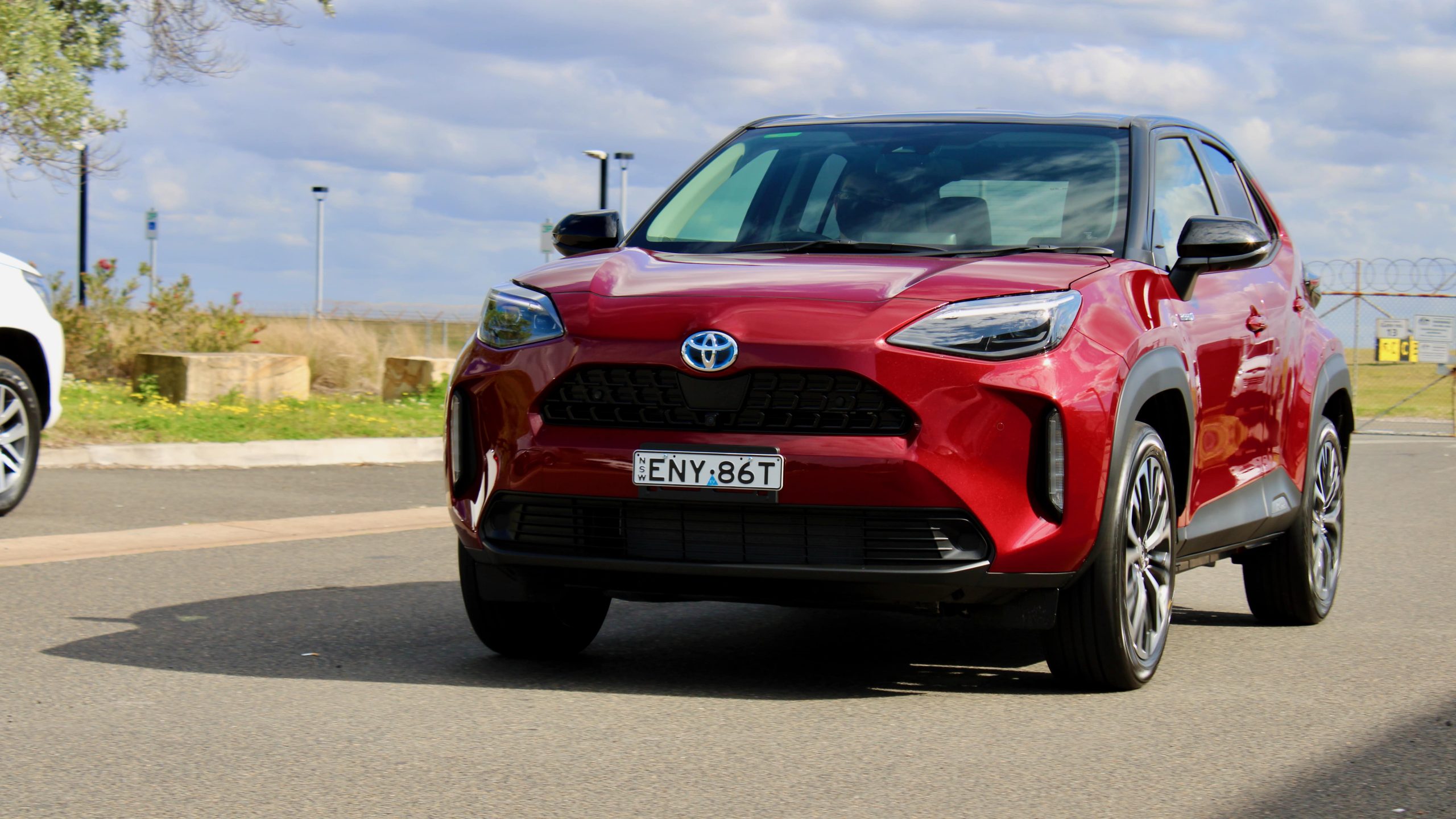
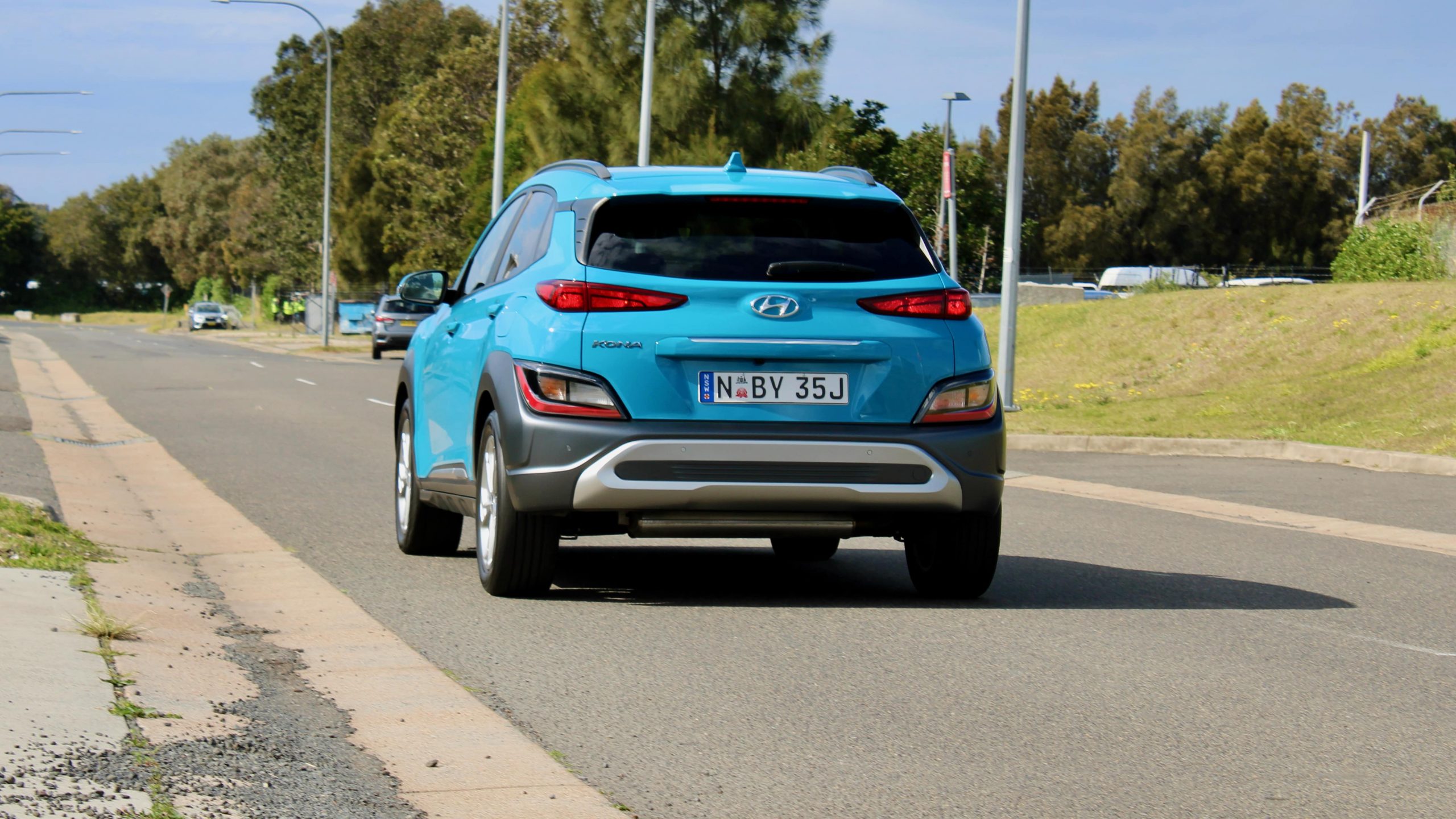
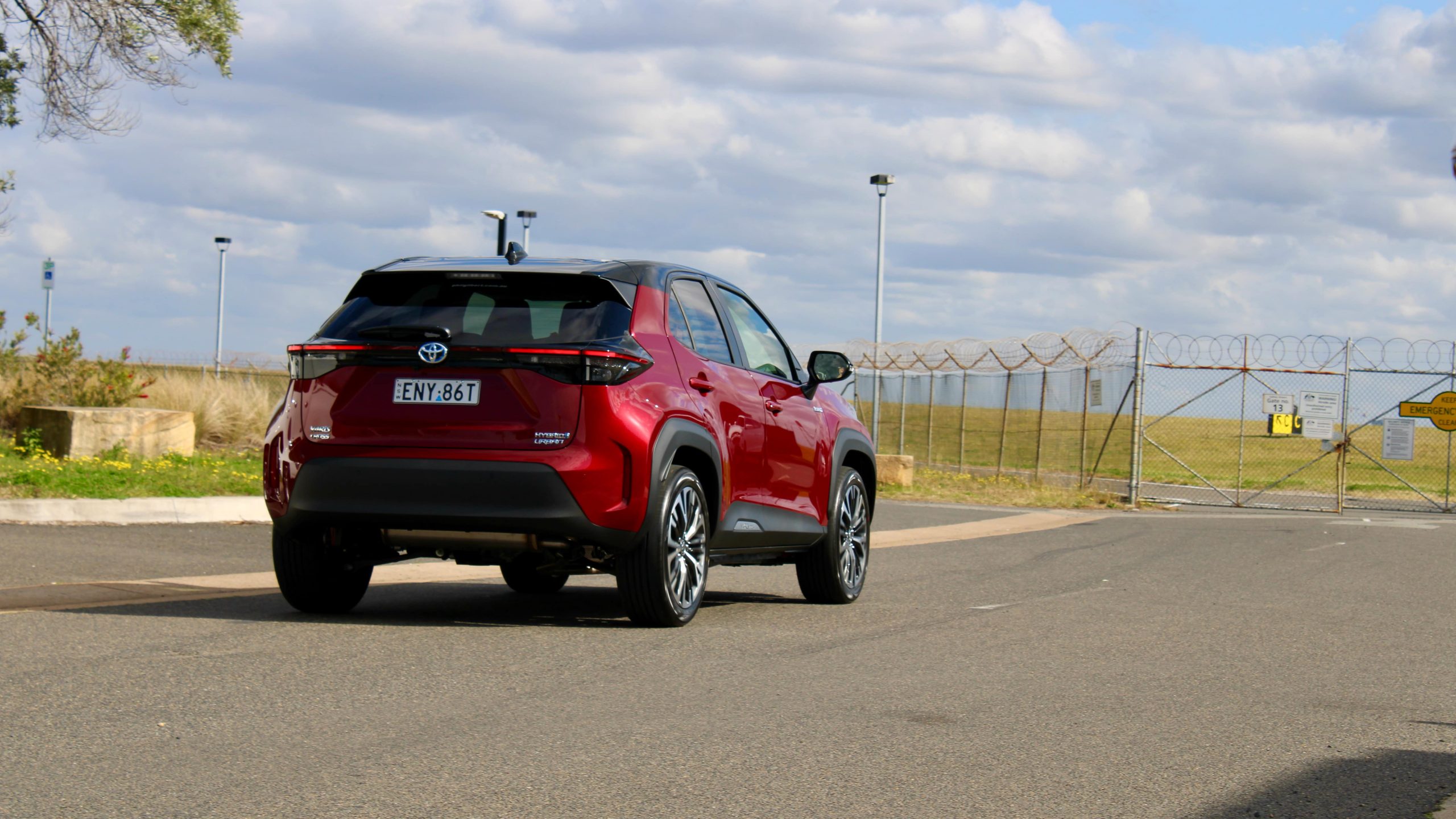
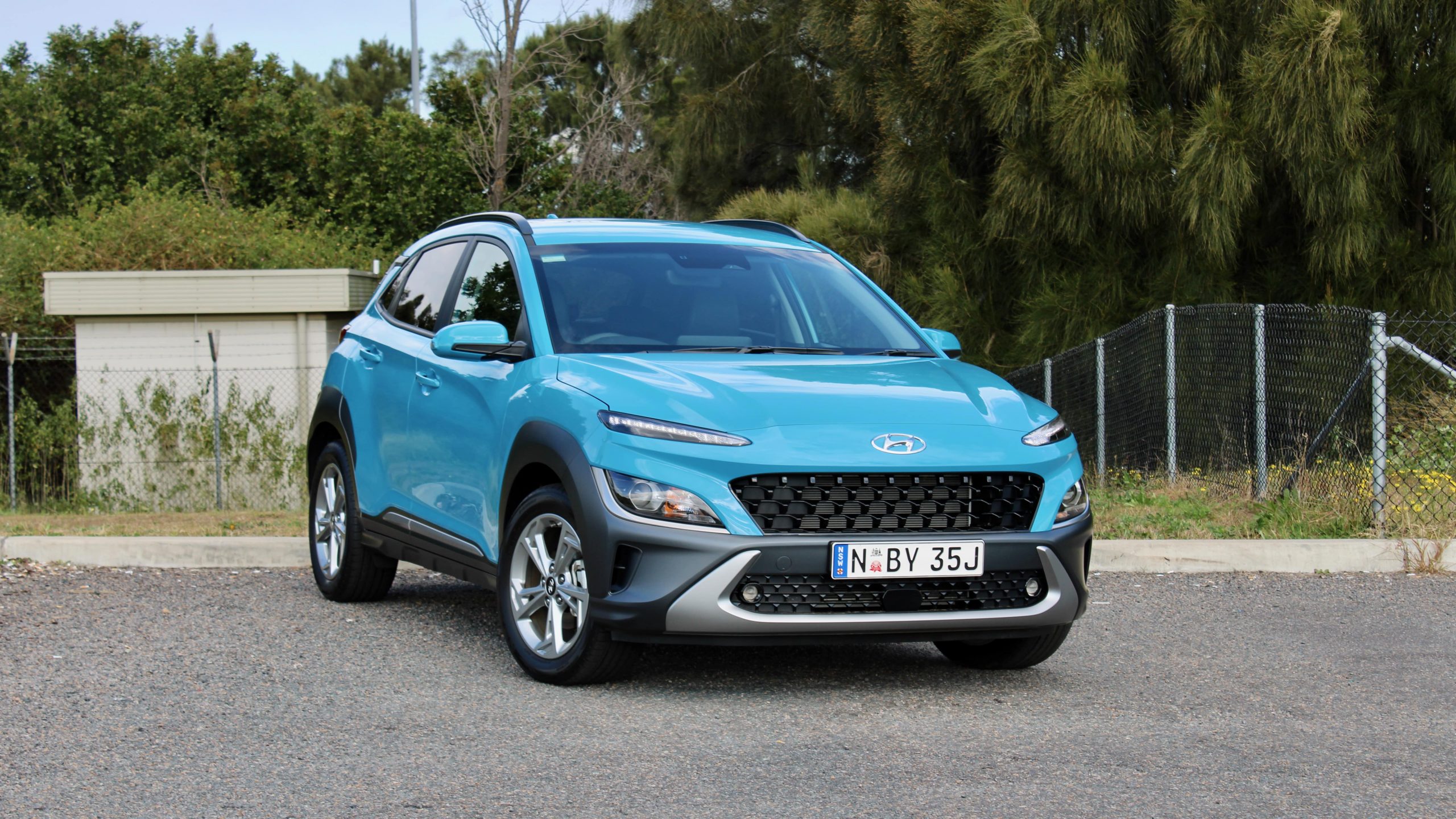
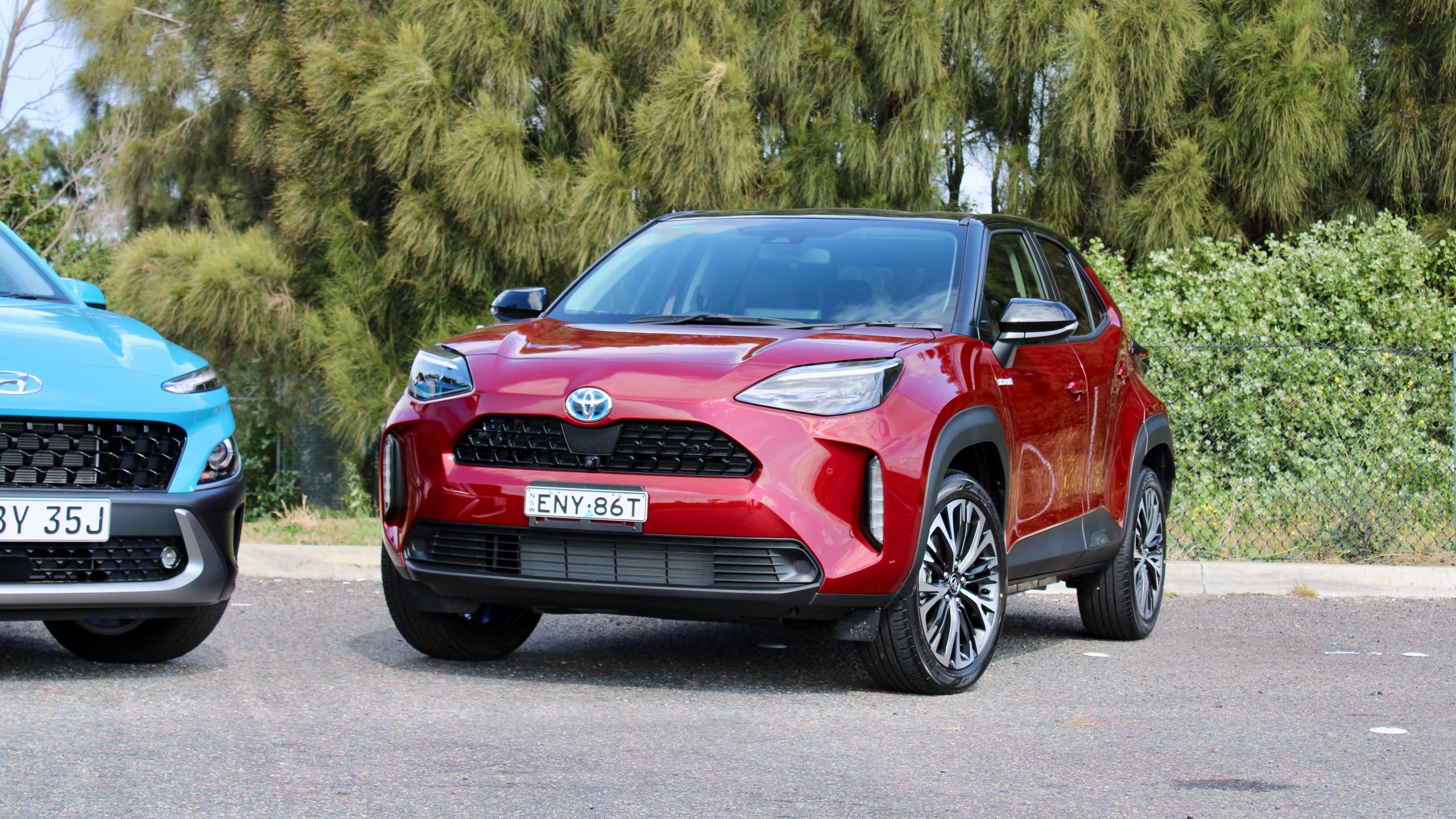
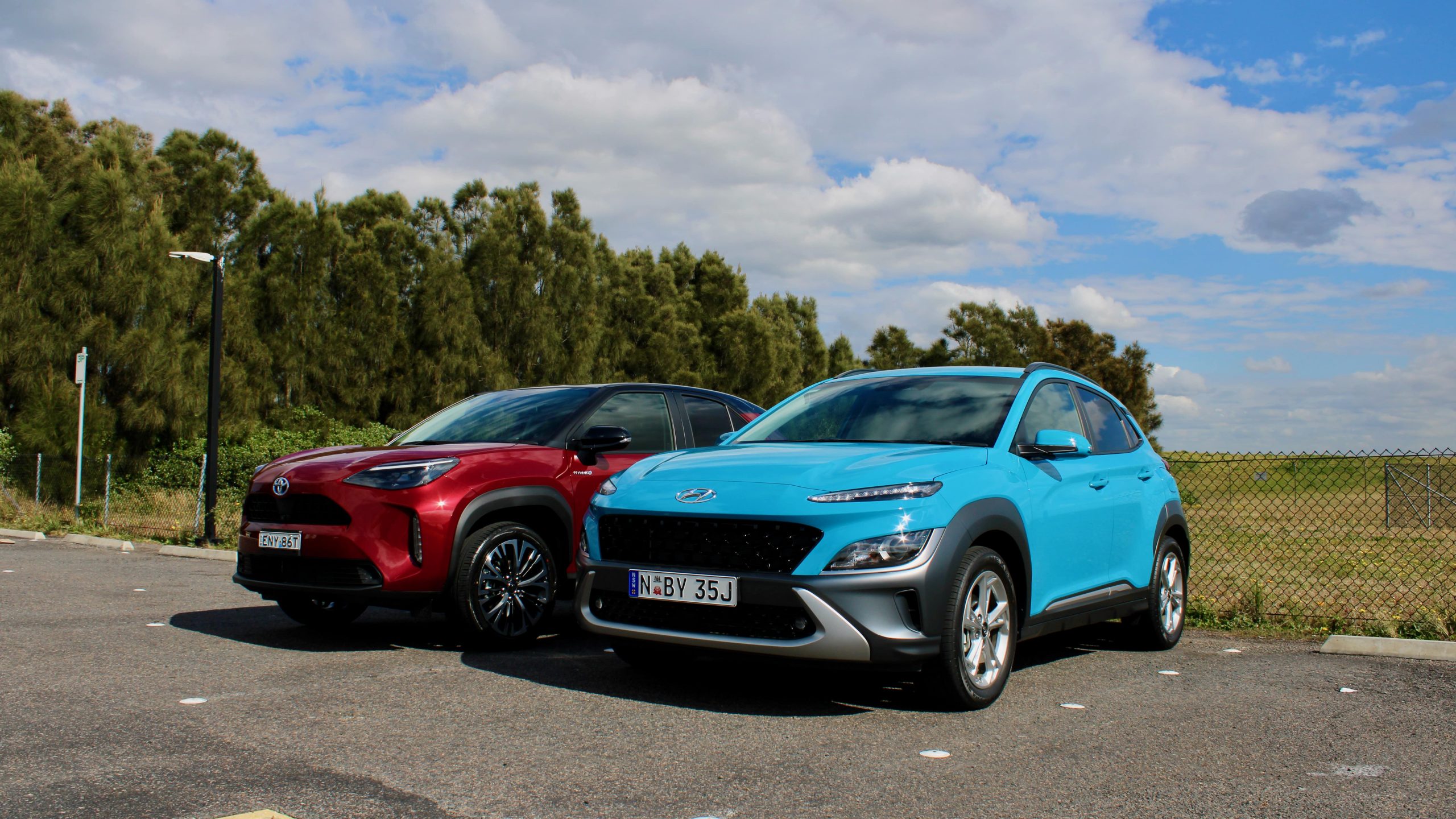
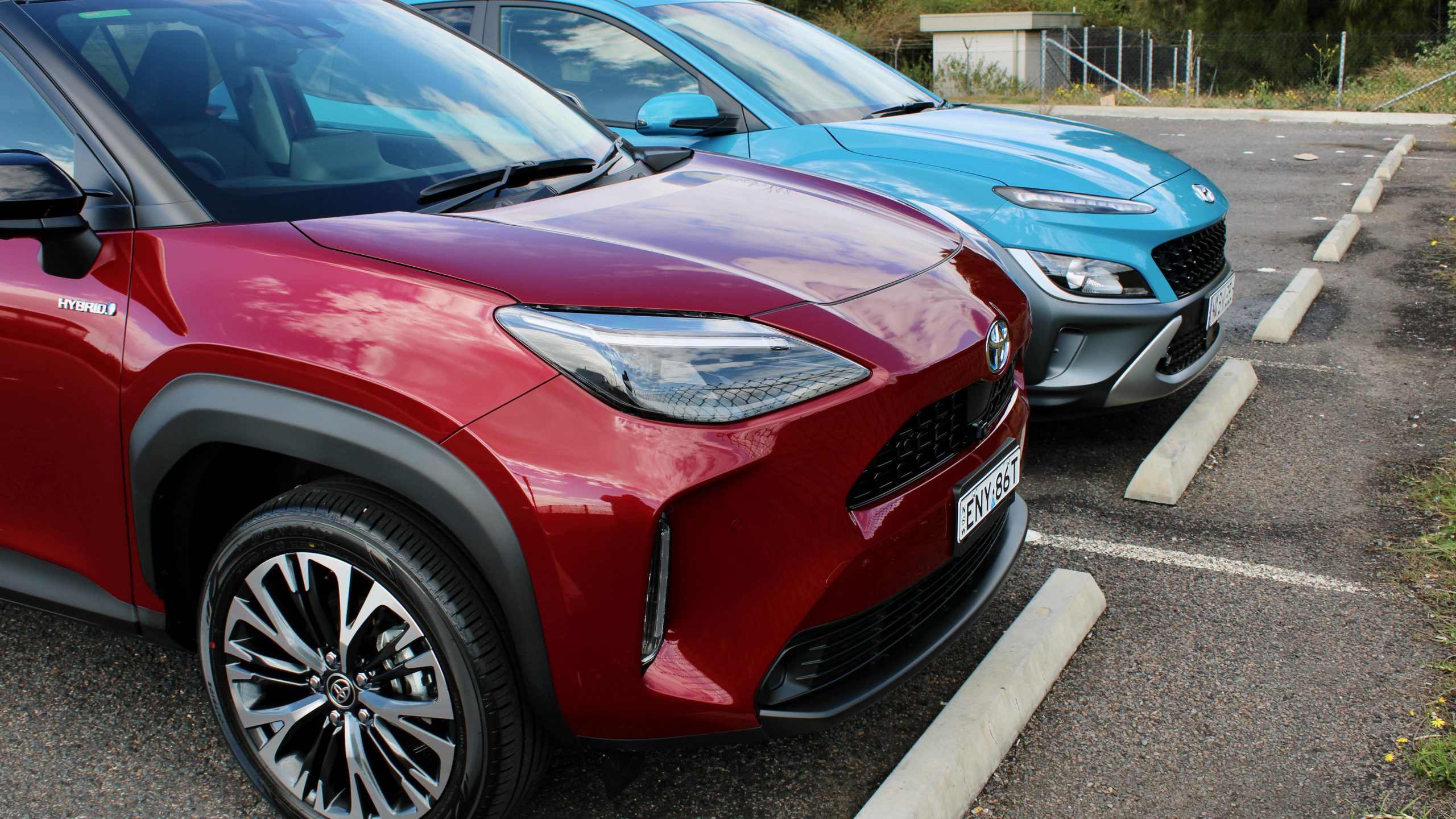
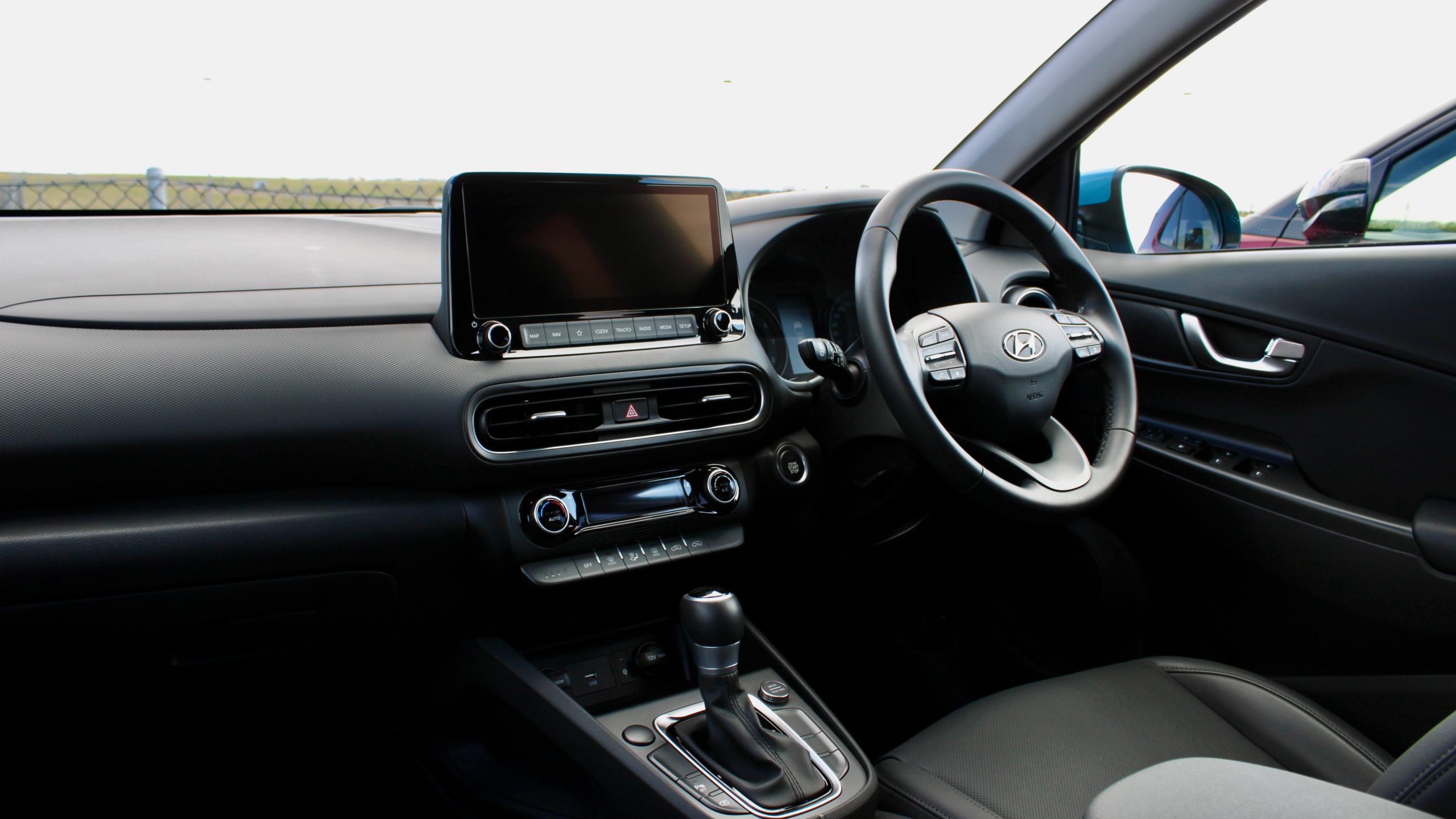
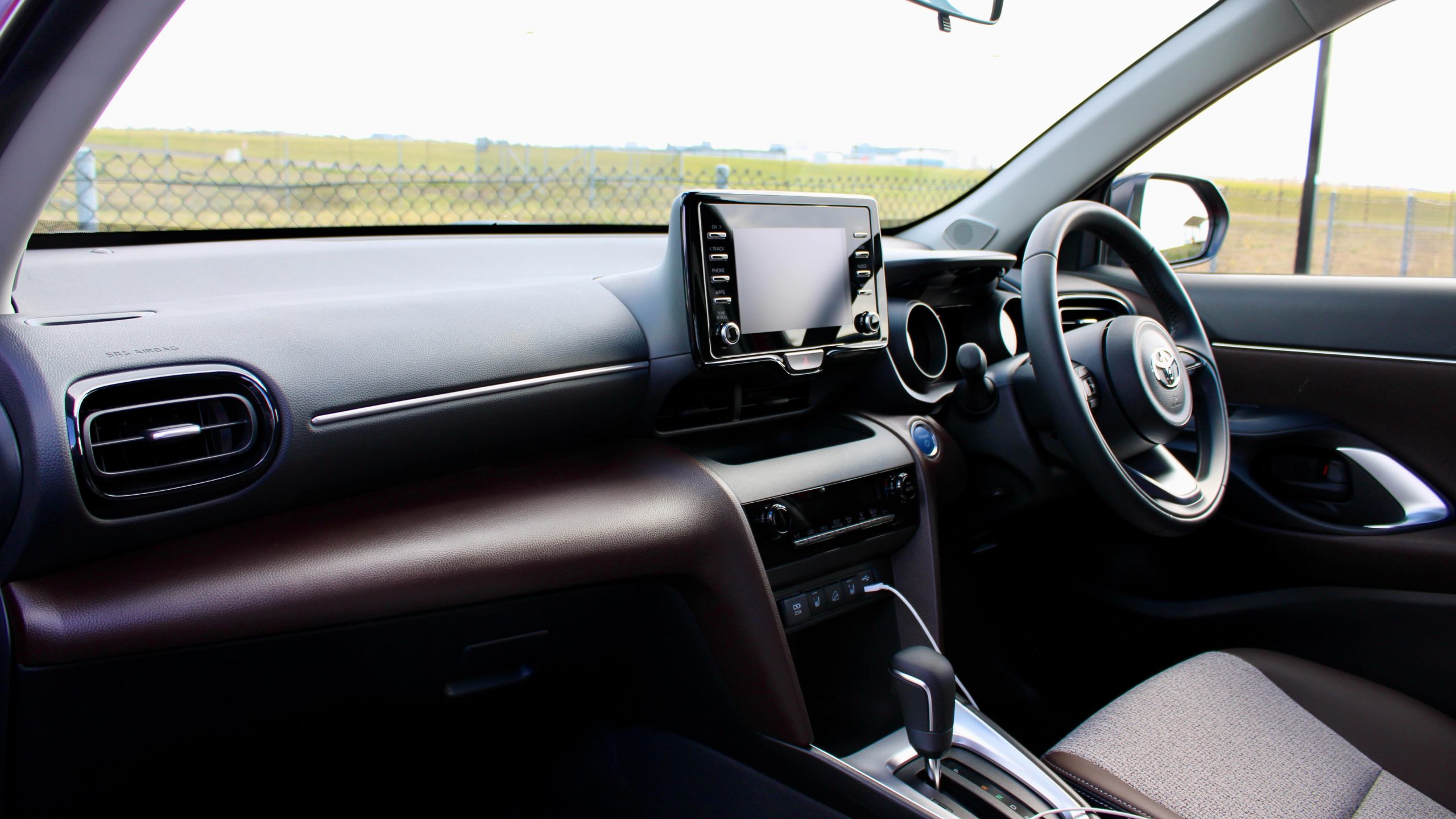
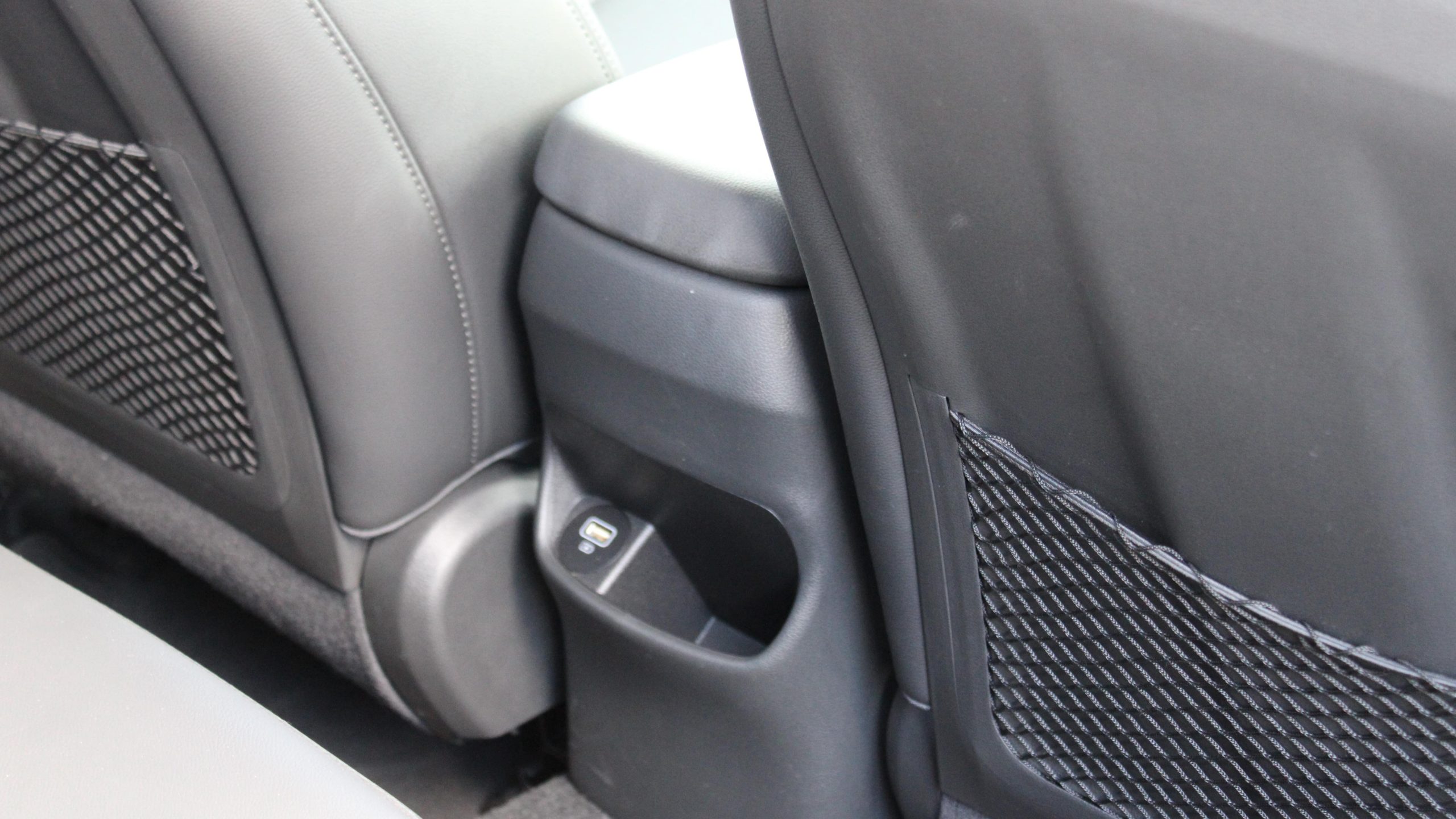
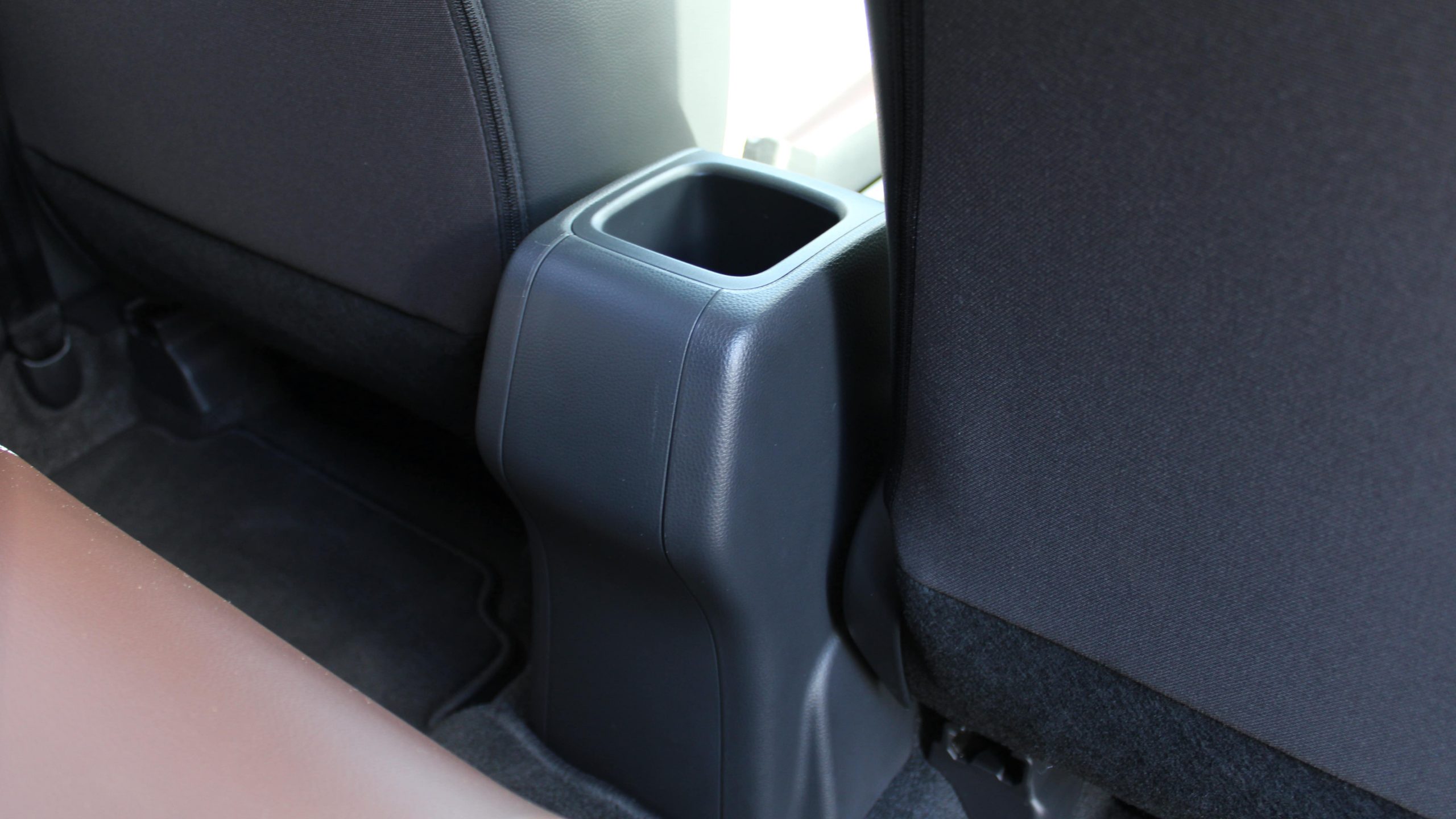
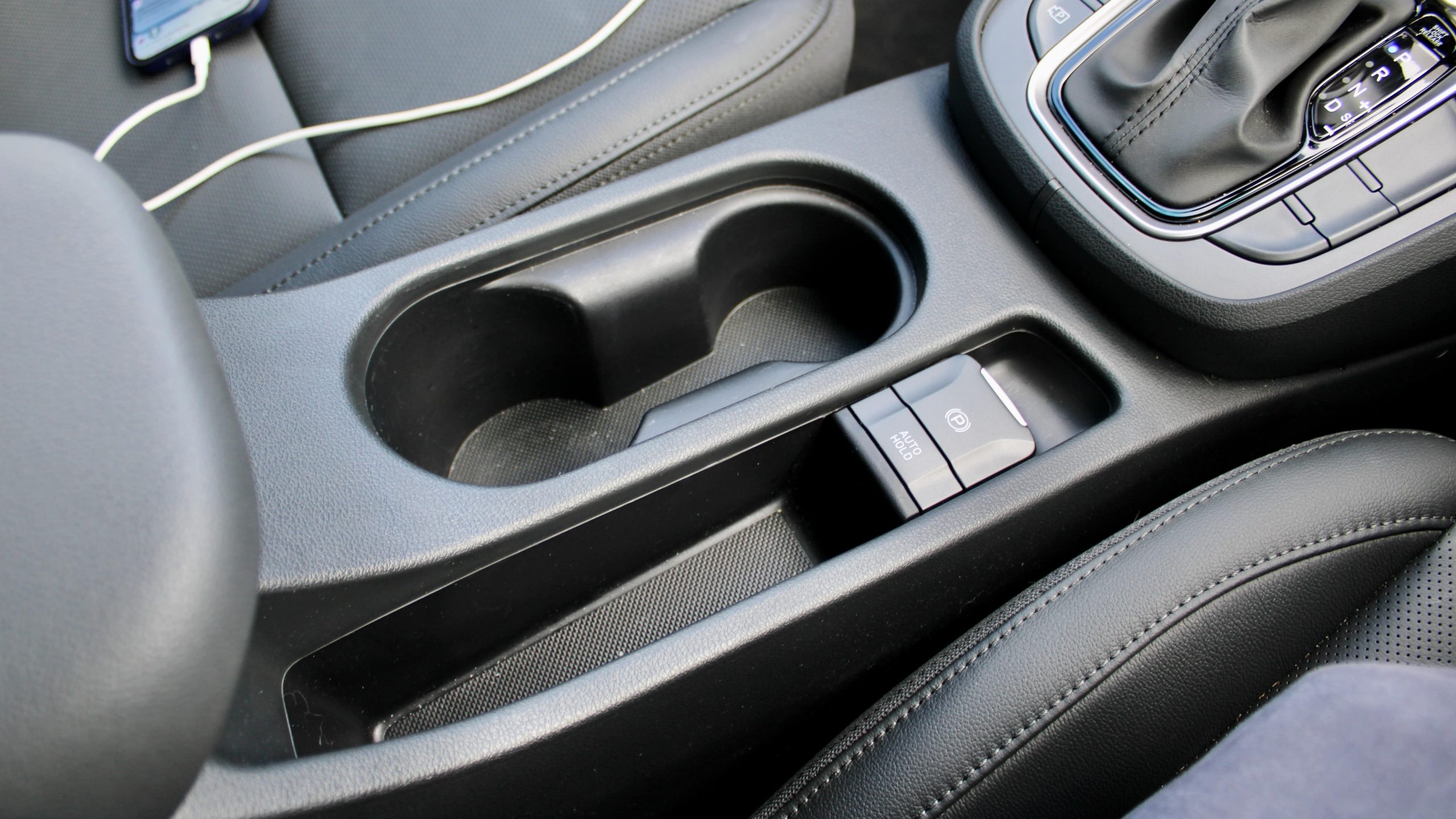
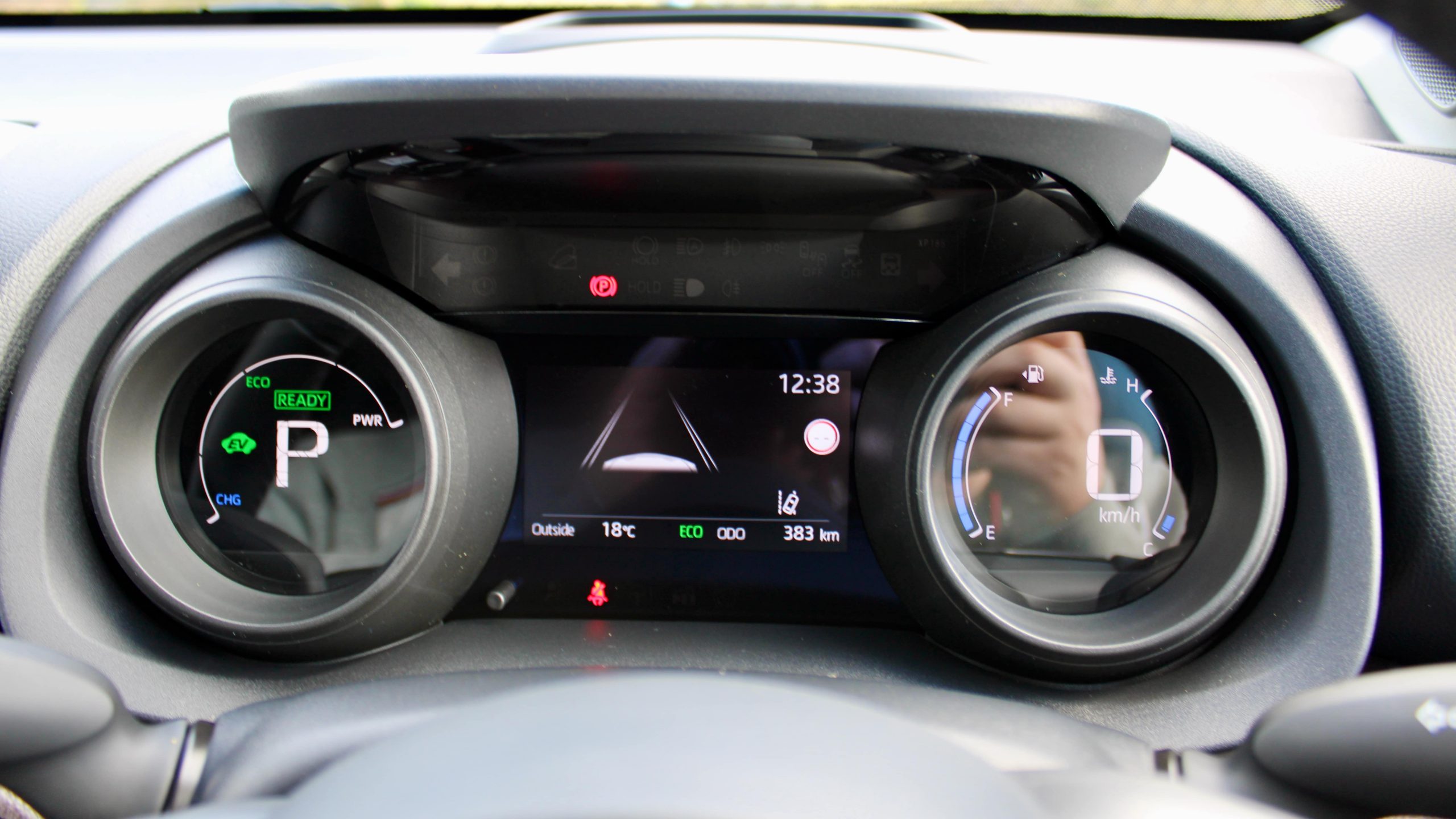
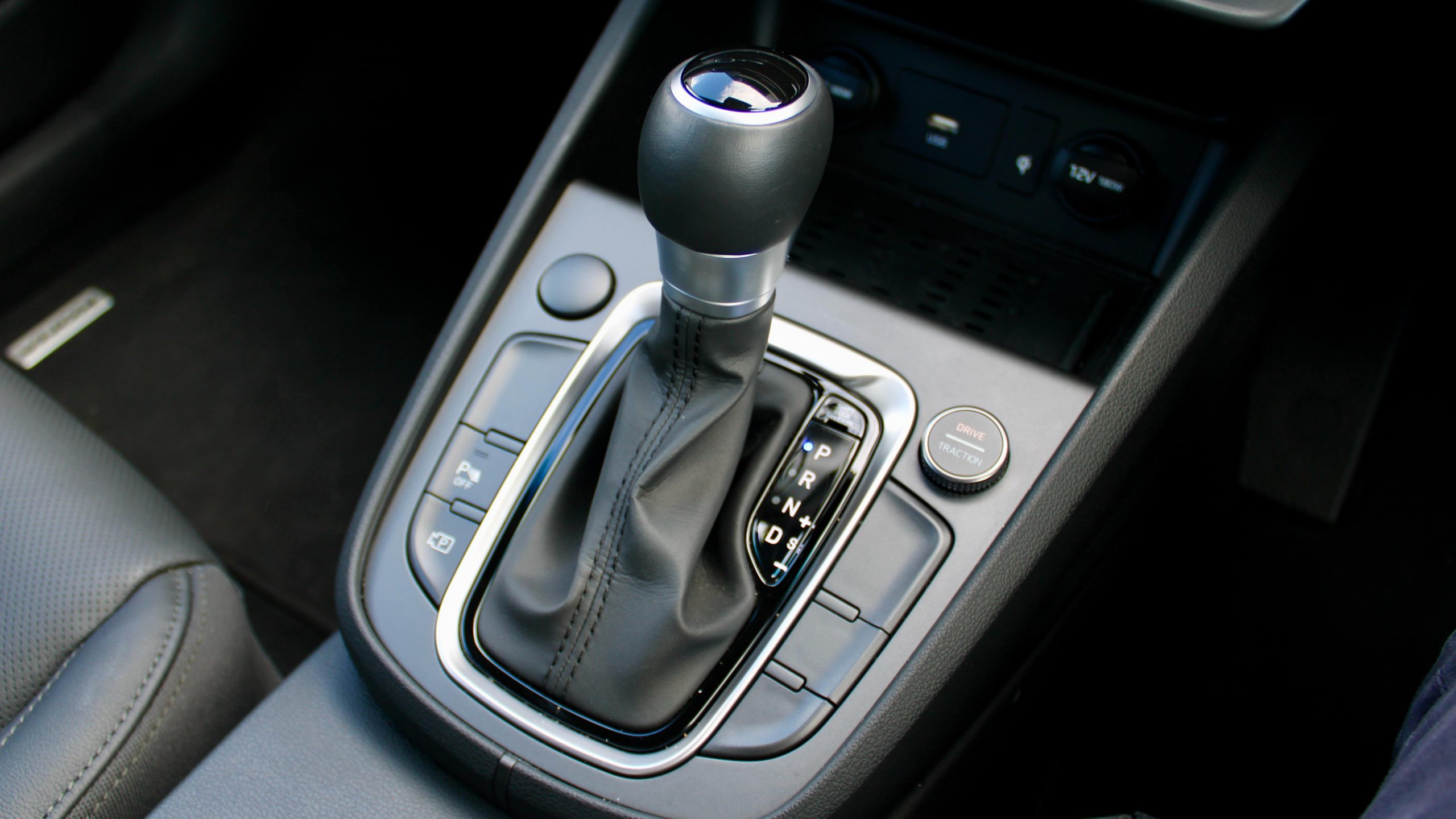
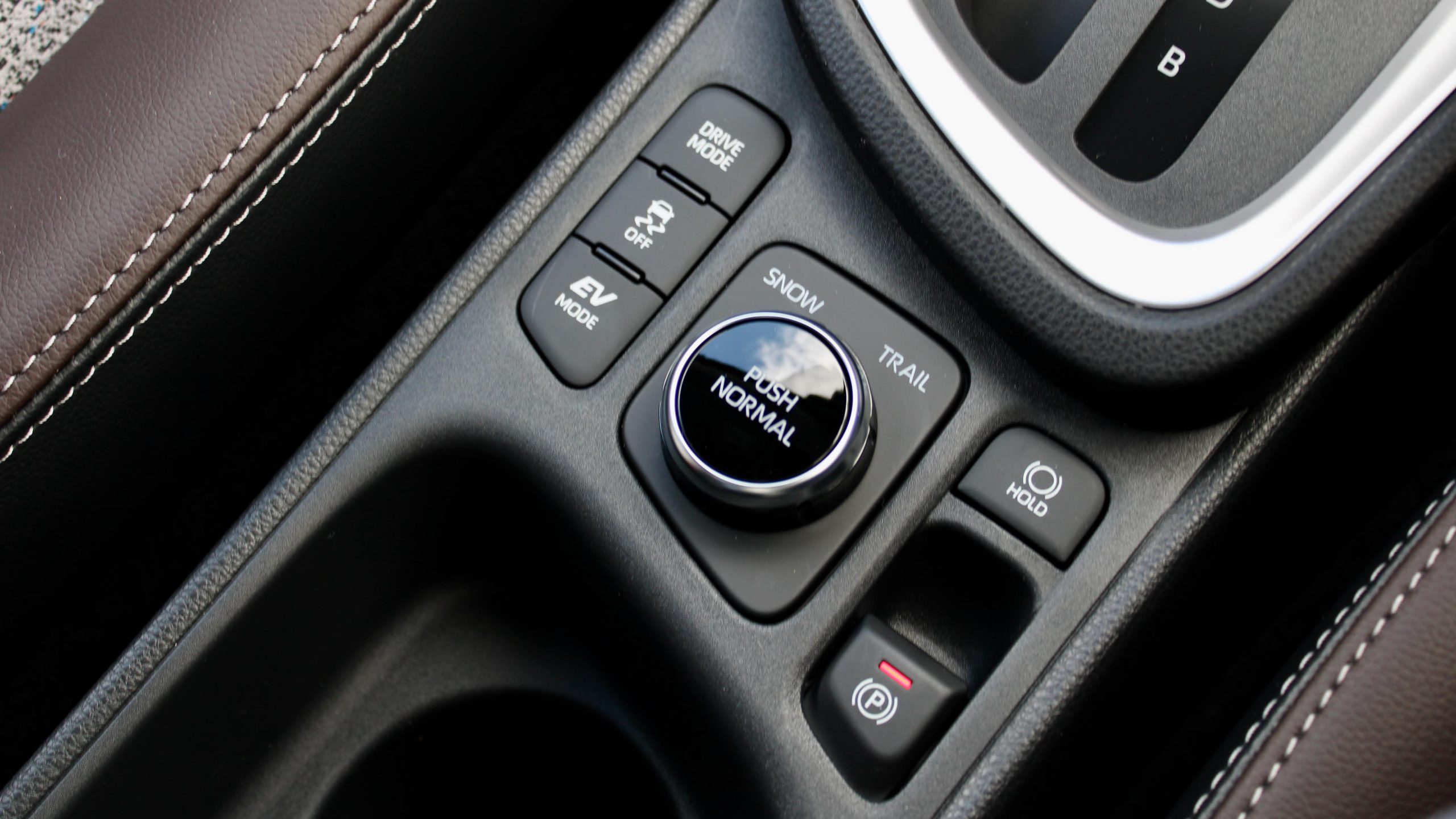
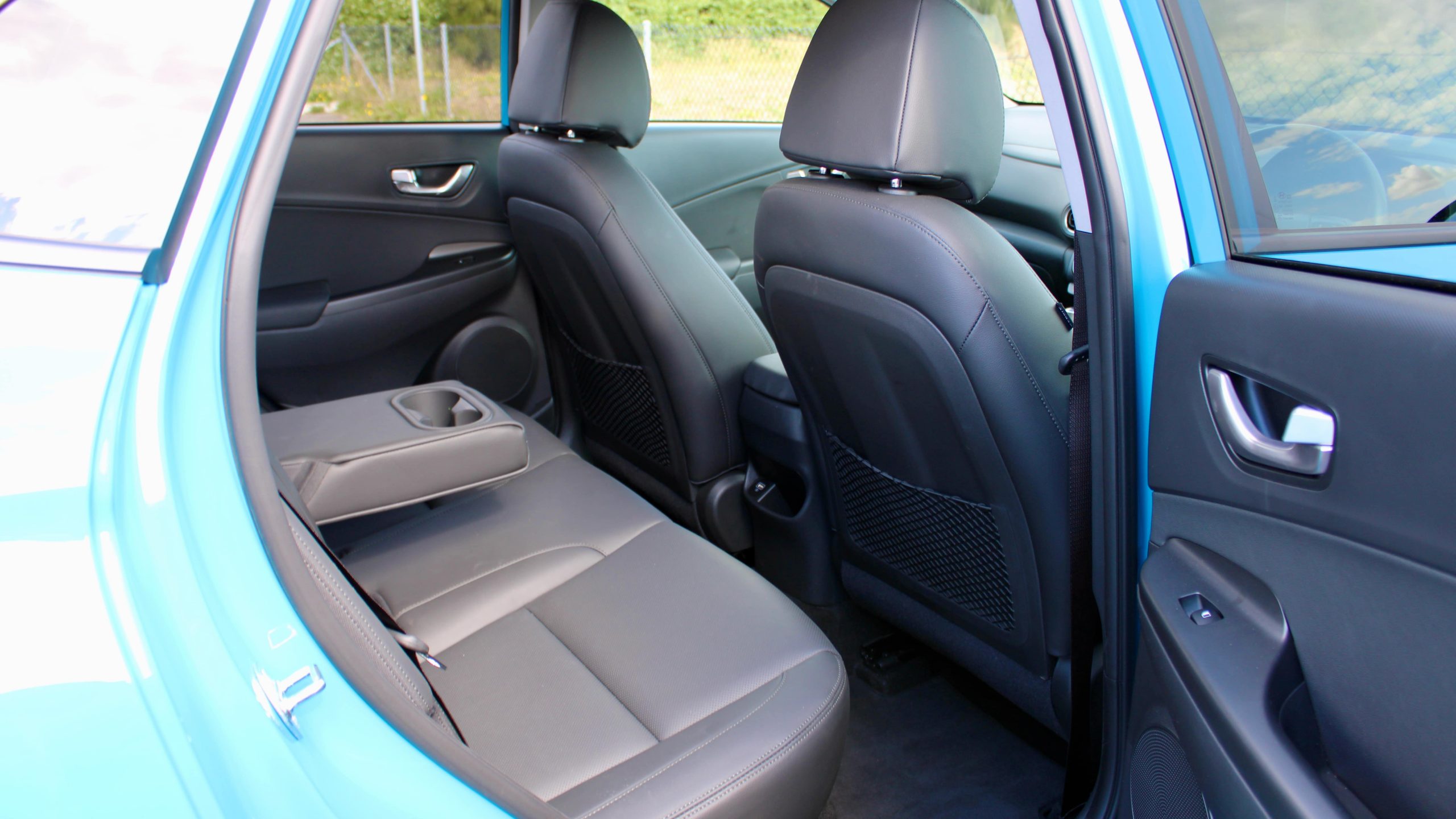
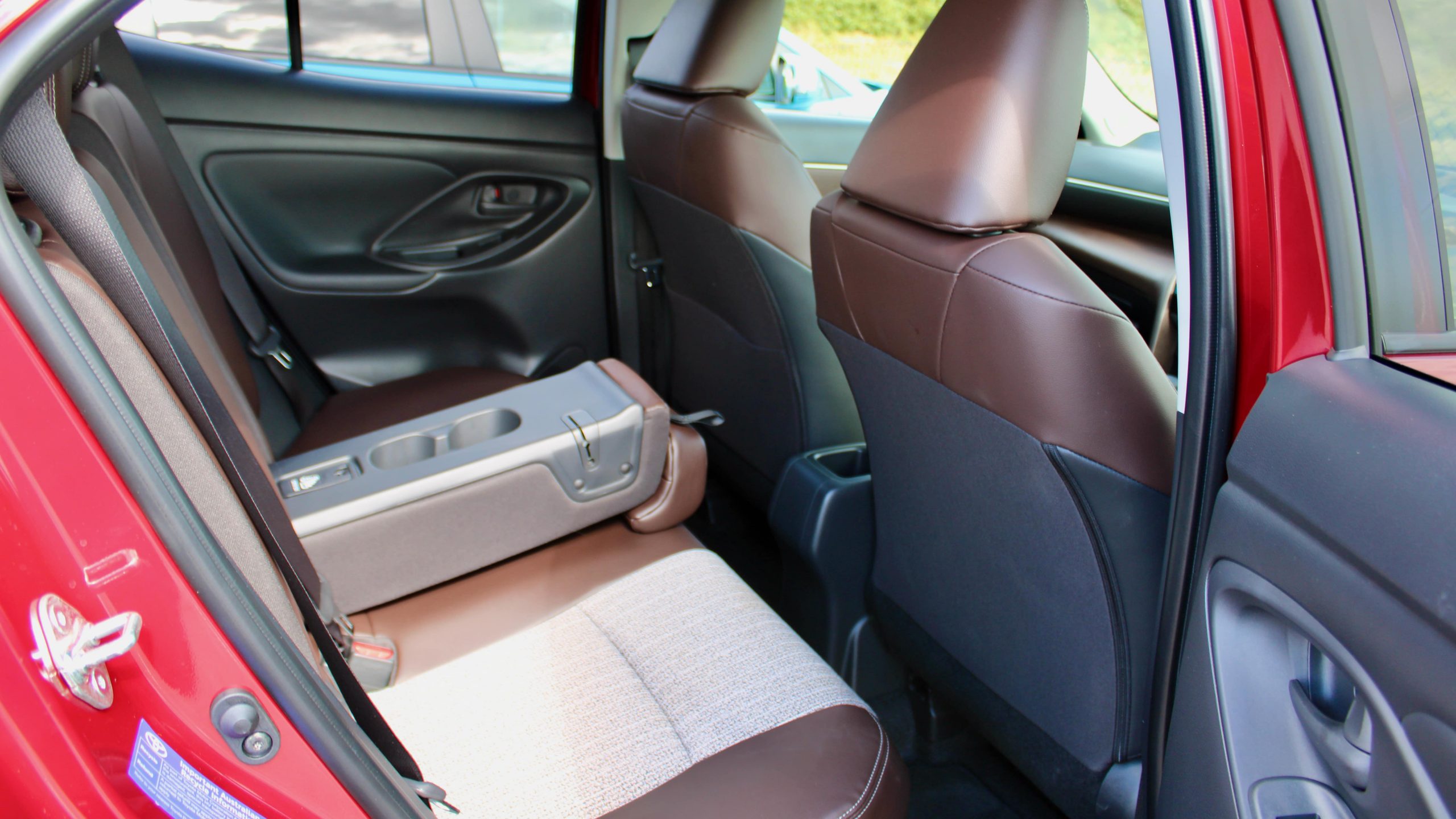
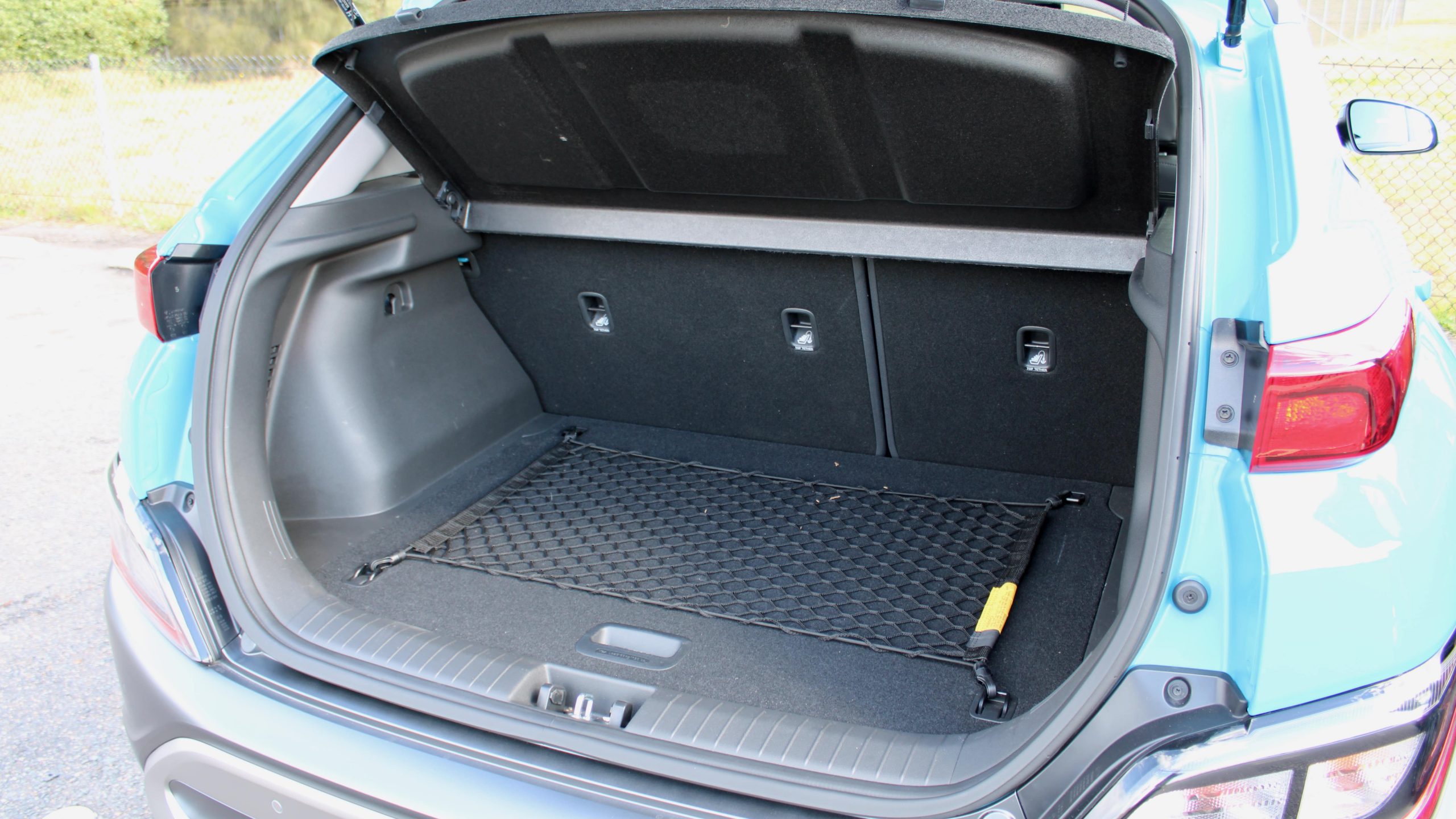
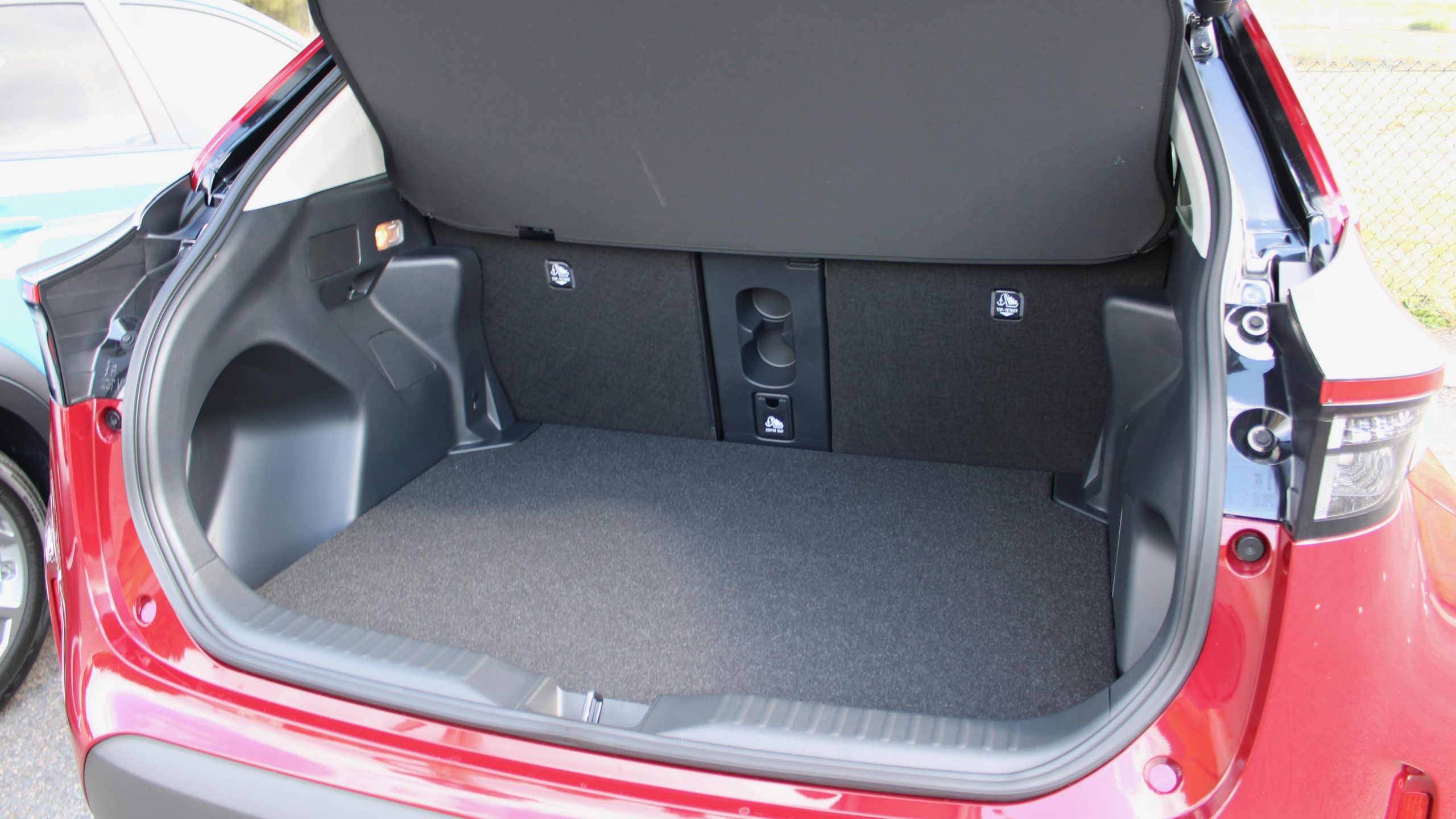
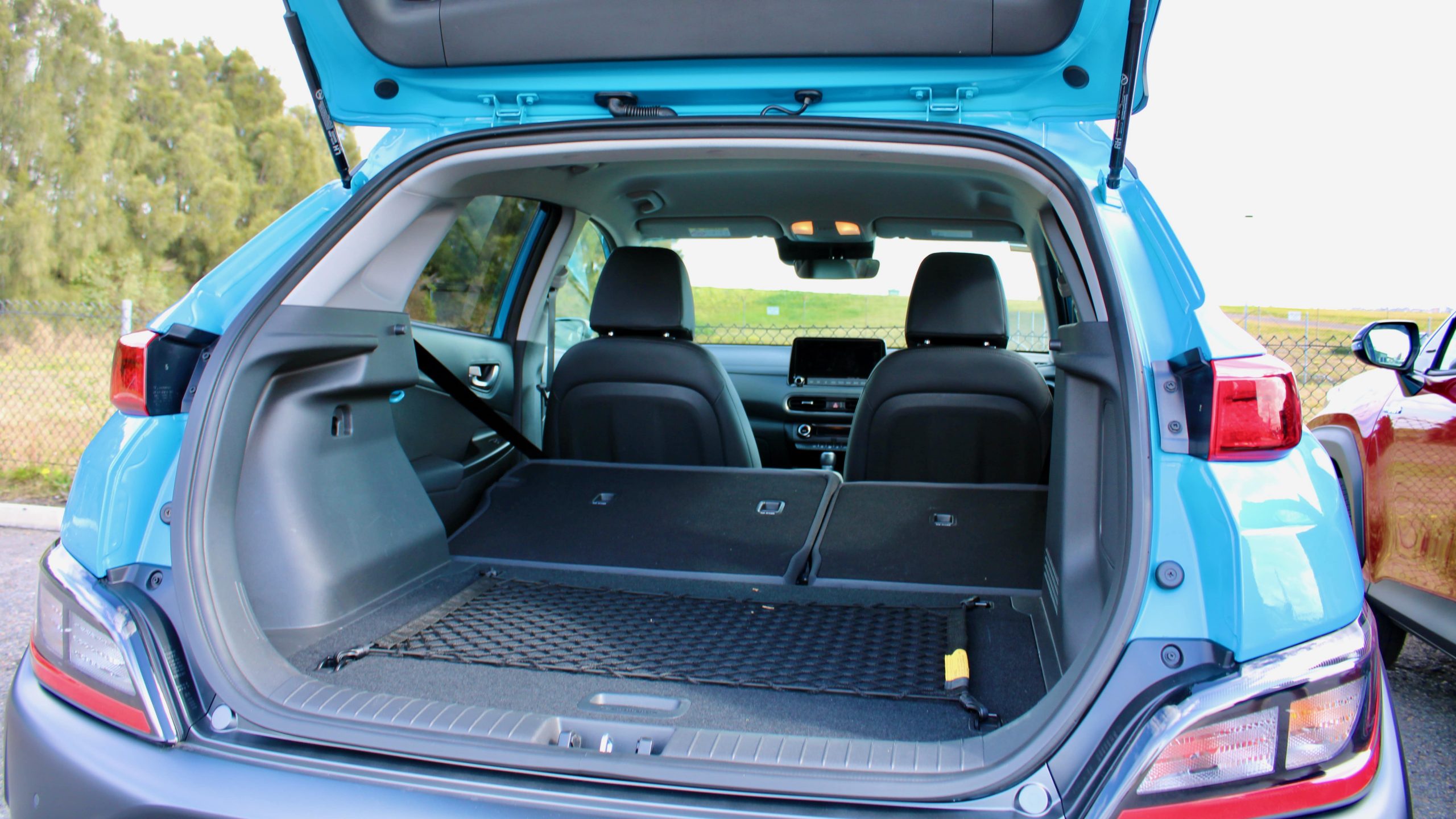
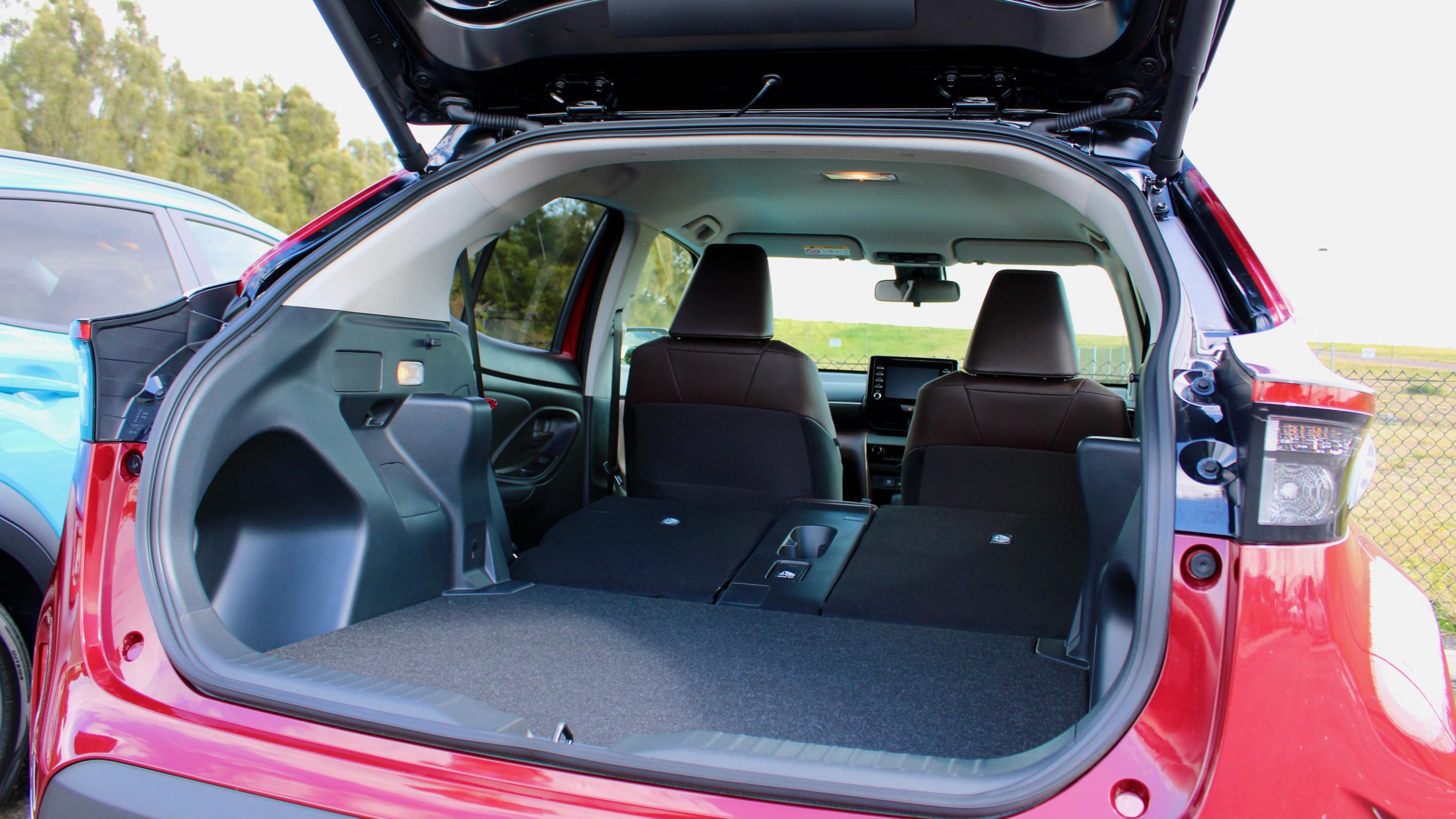
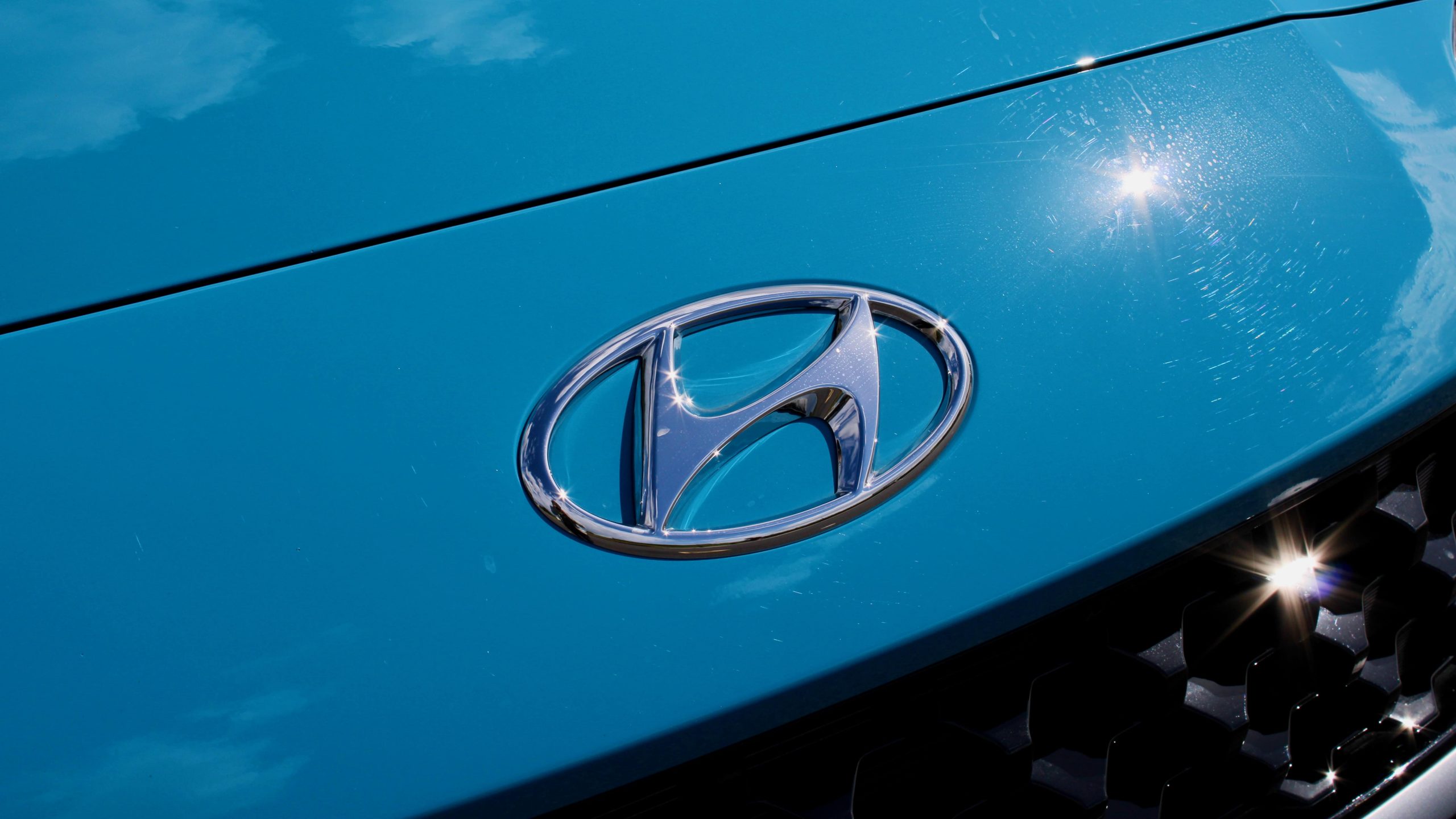
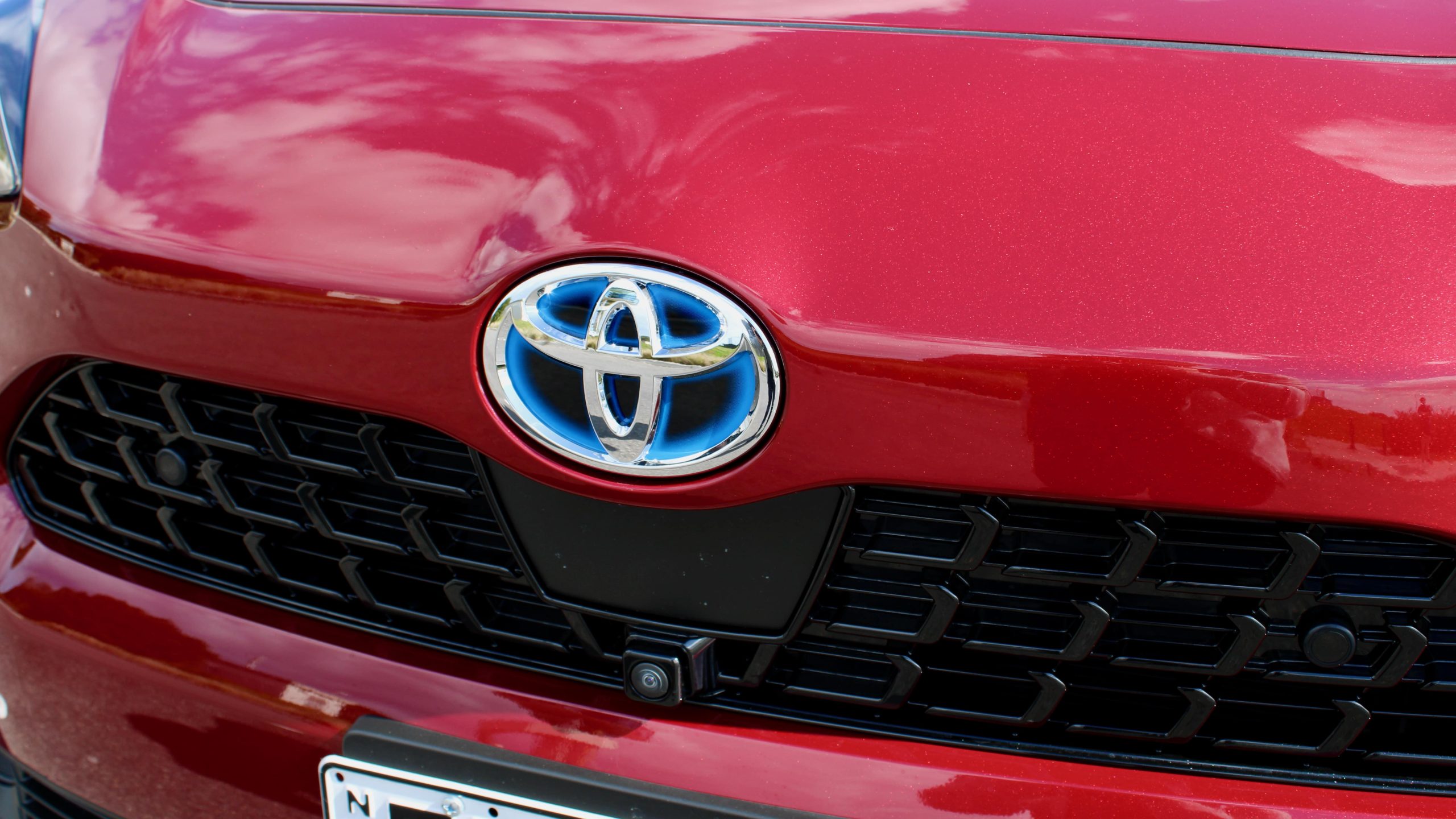
Leave a Reply